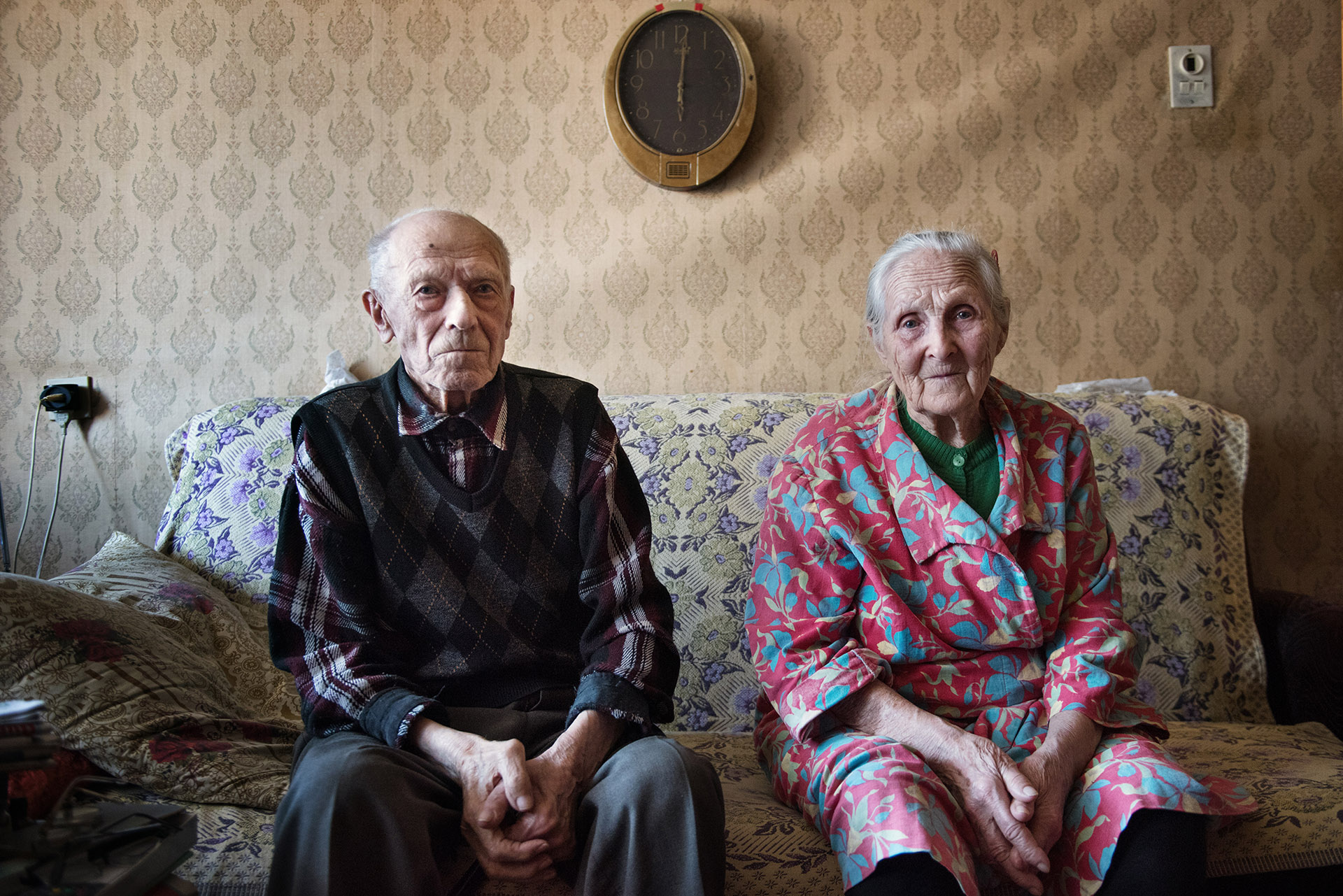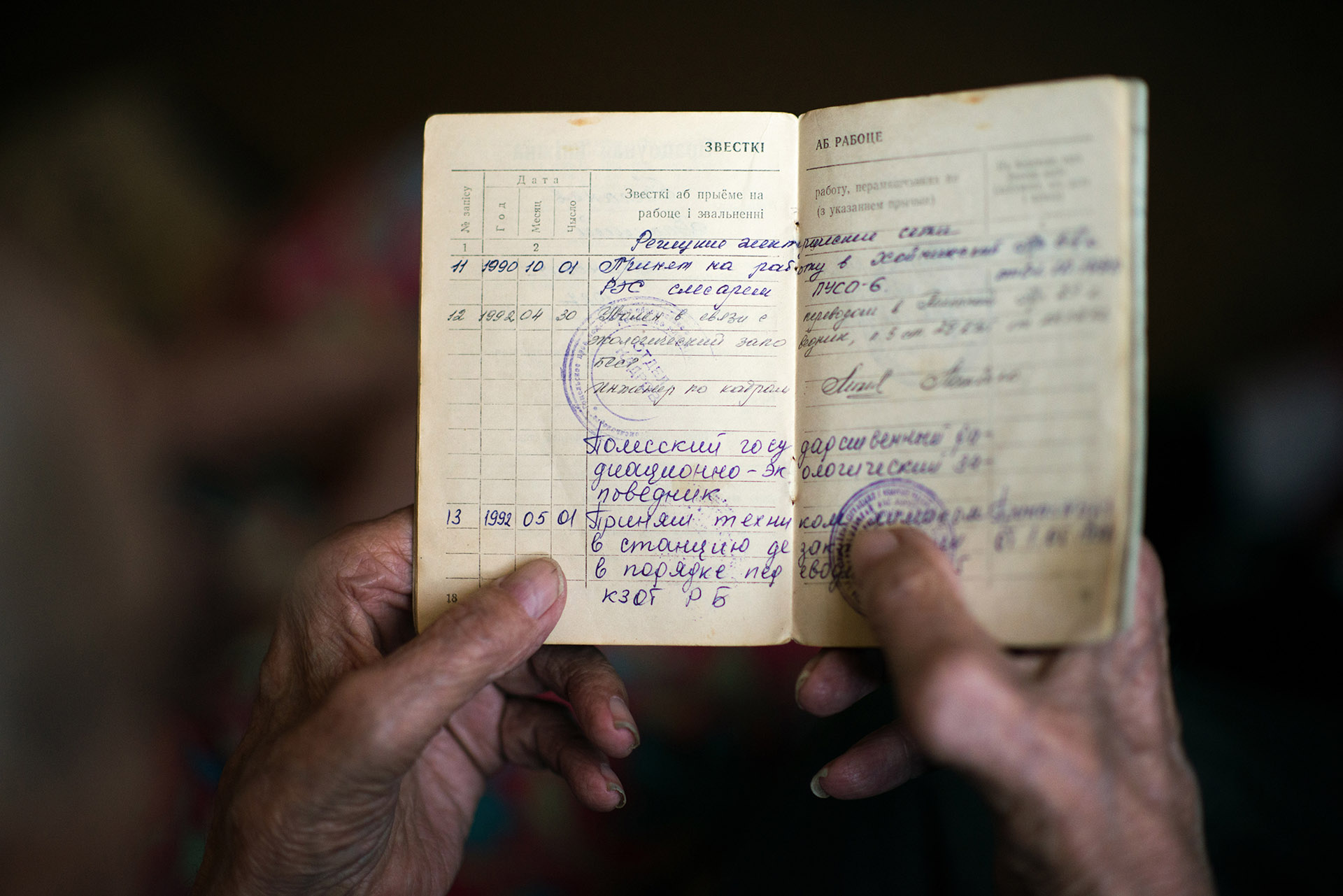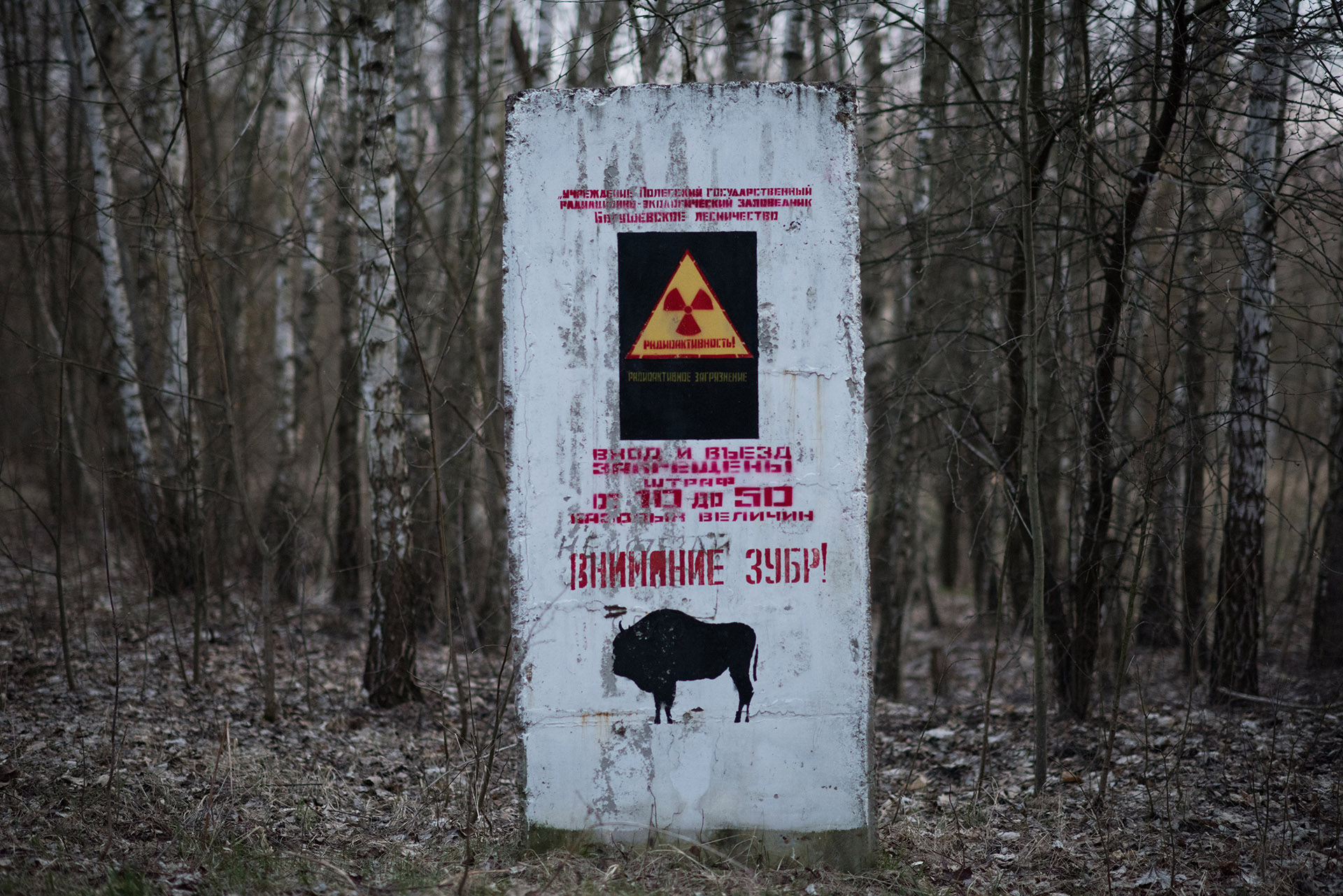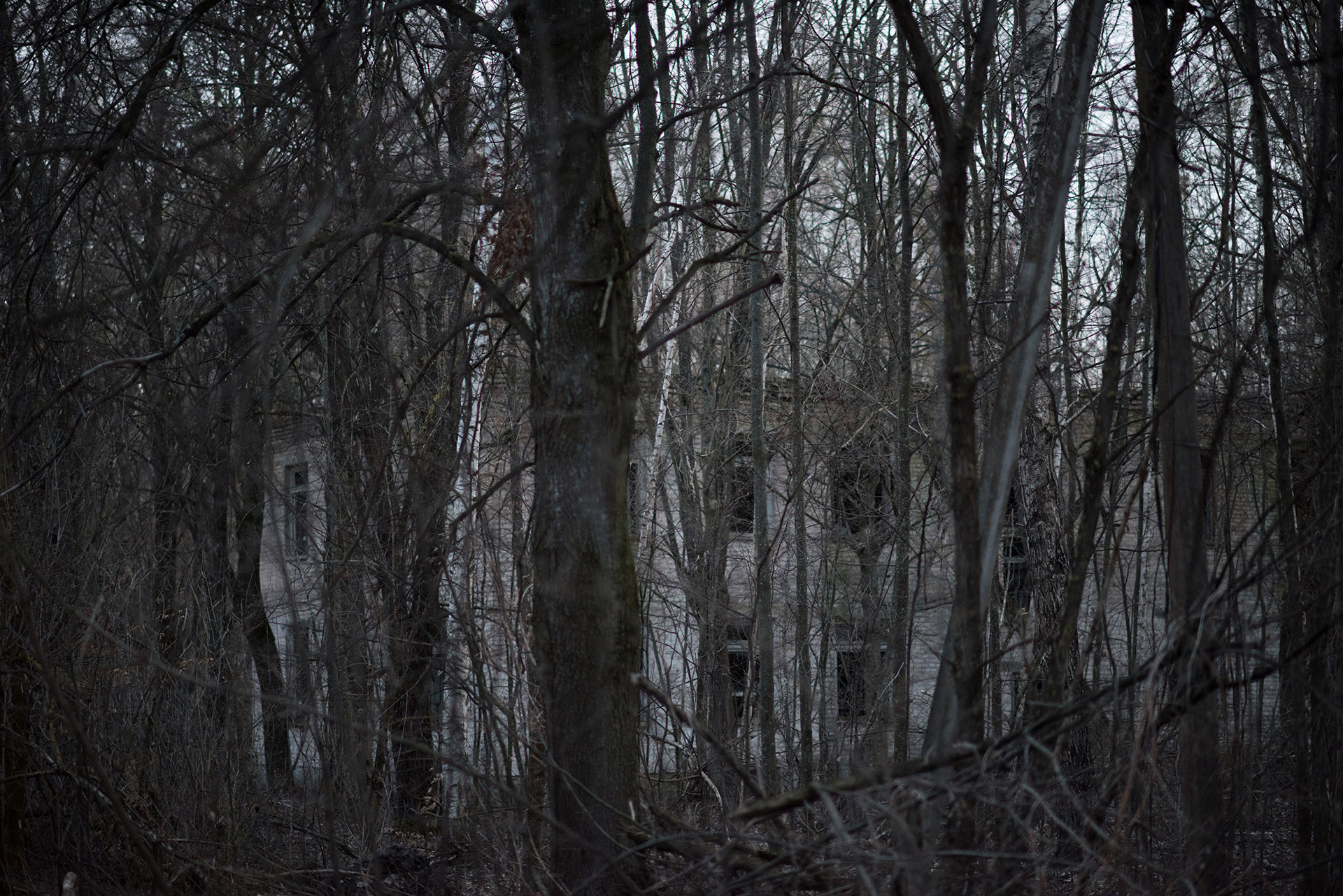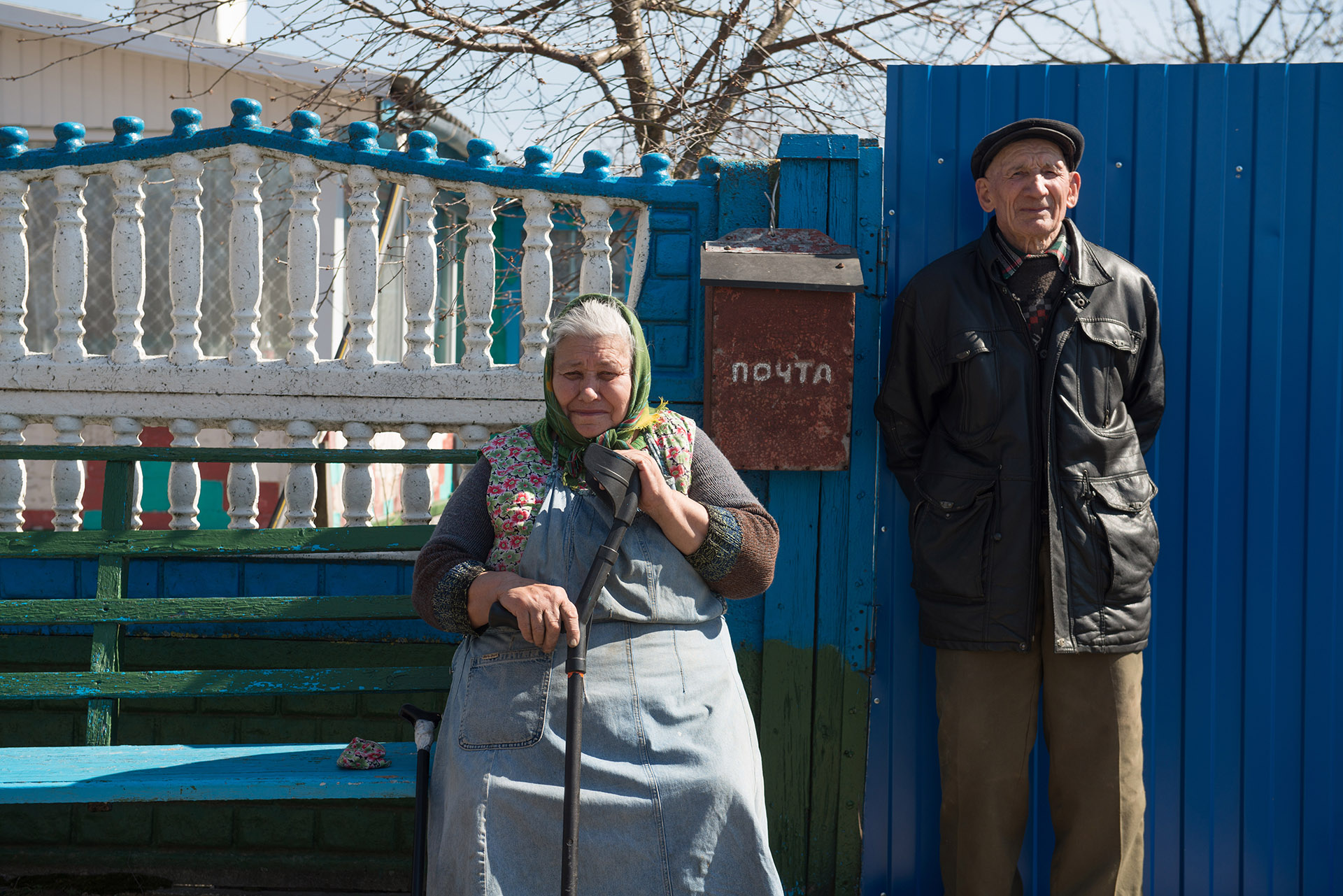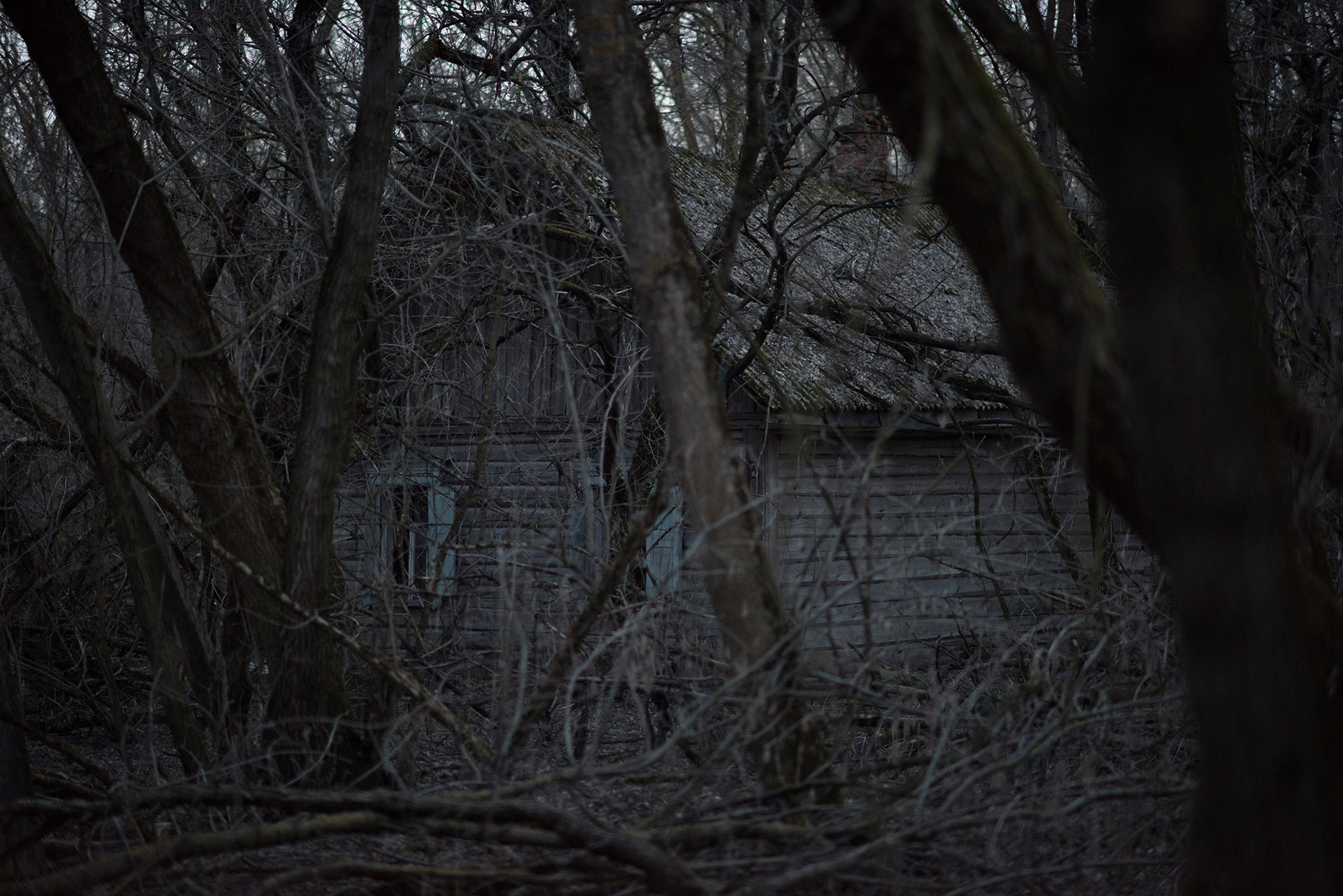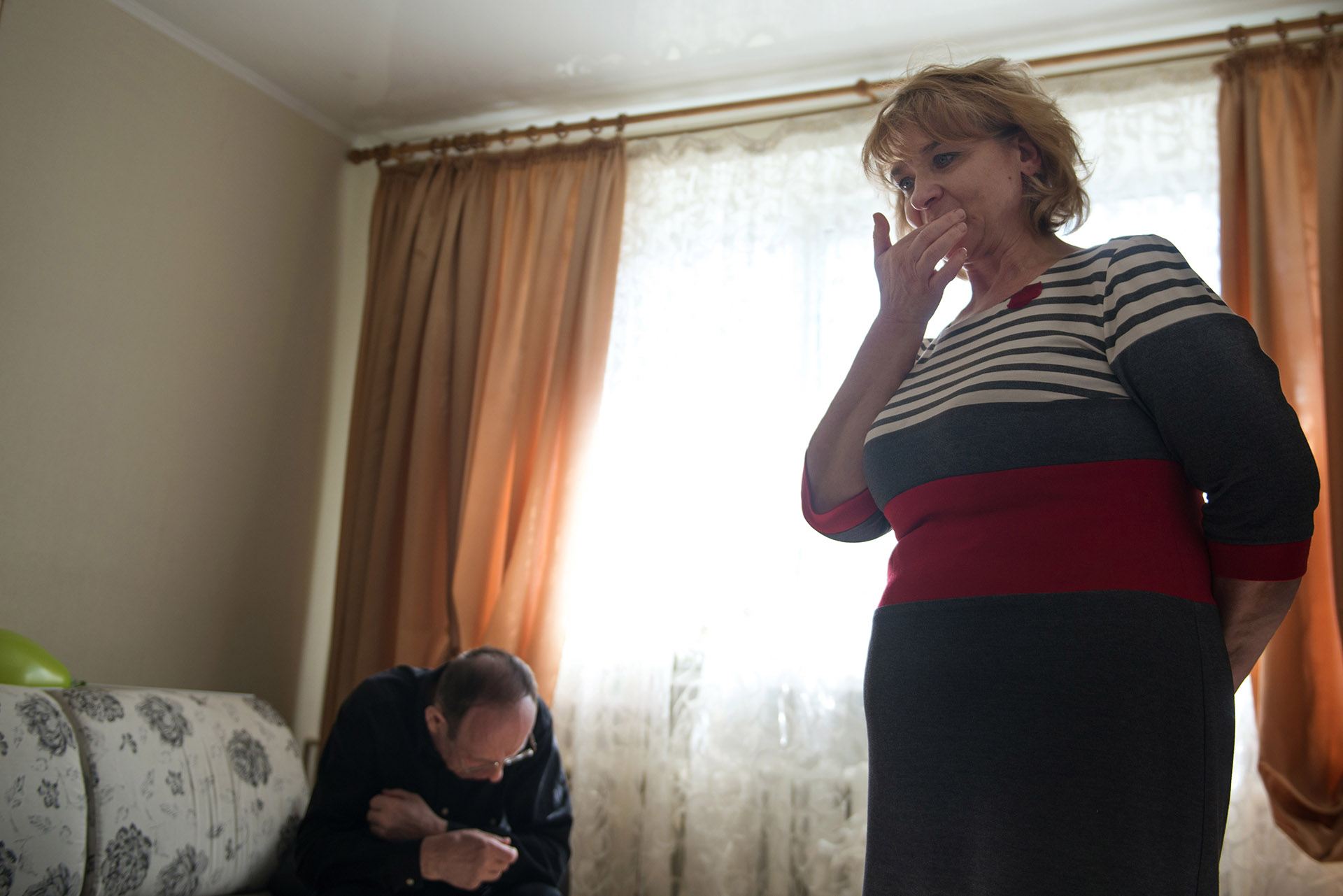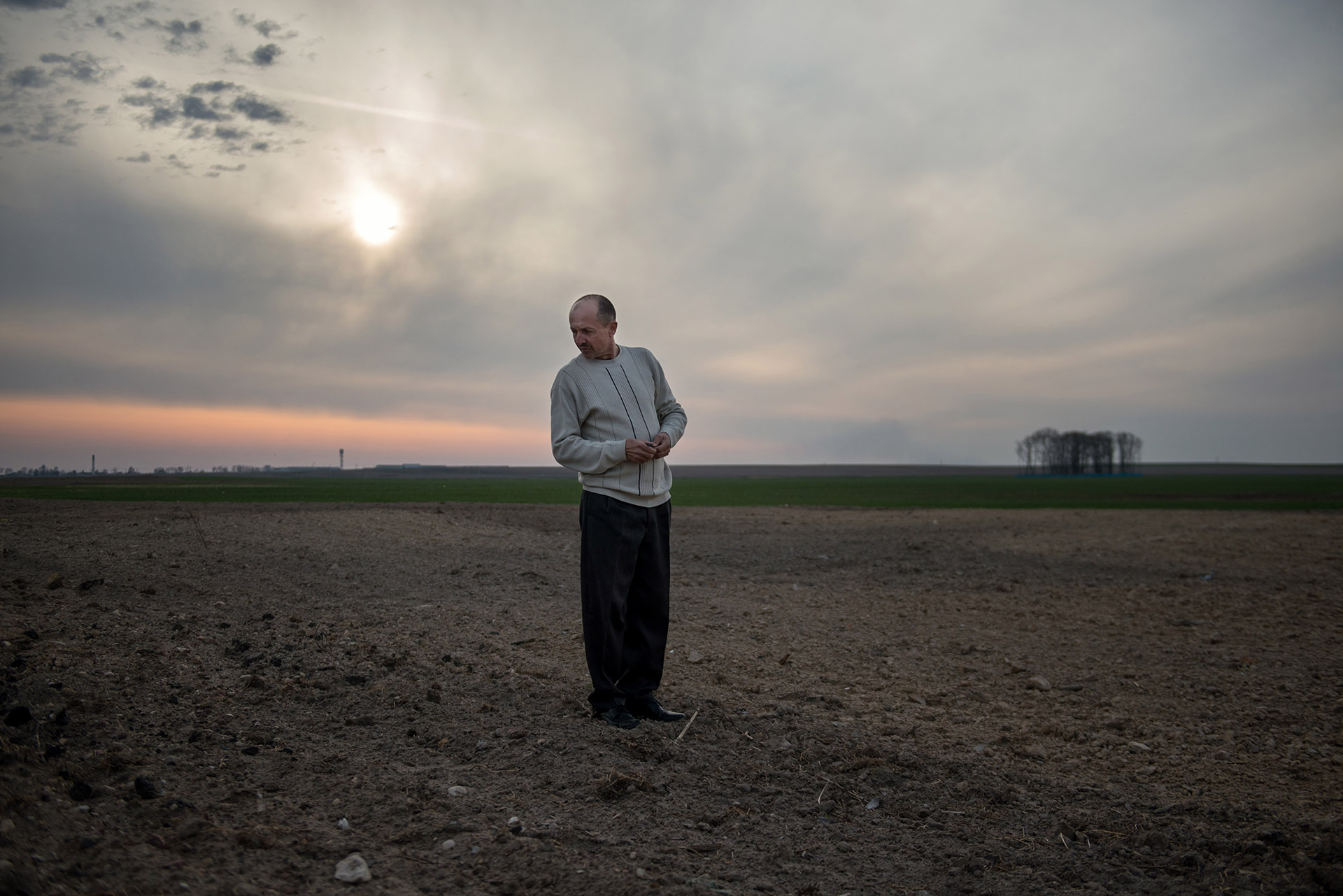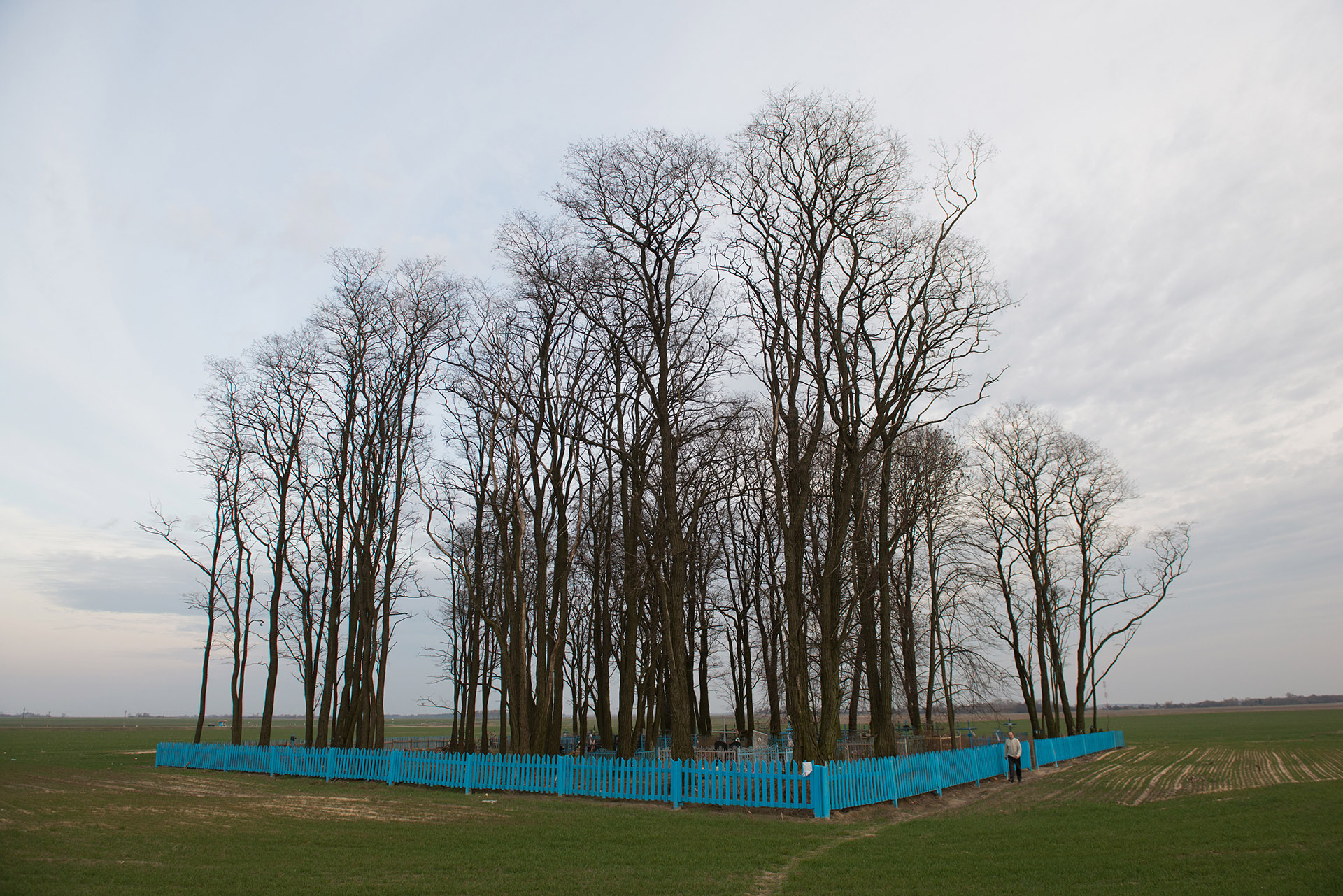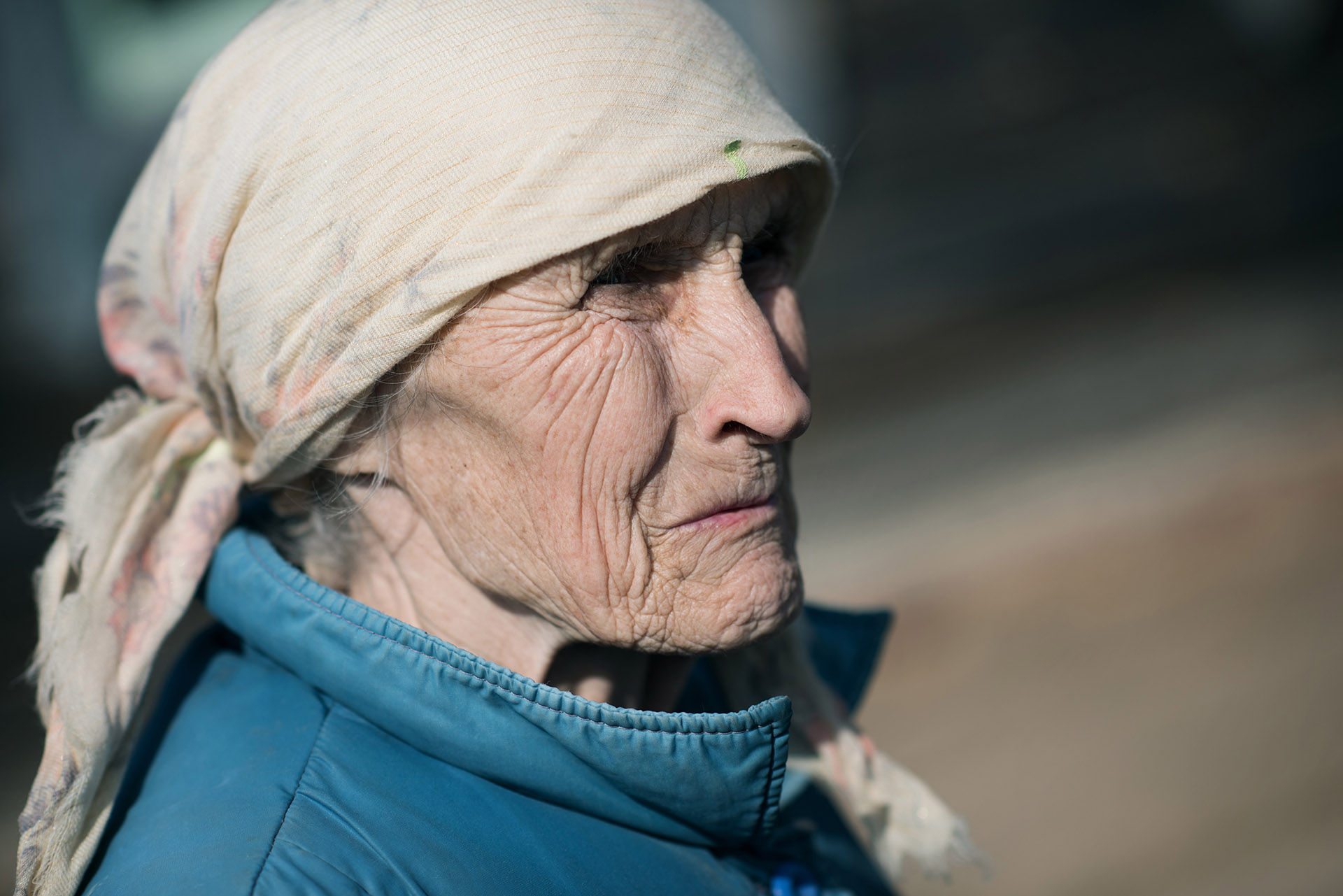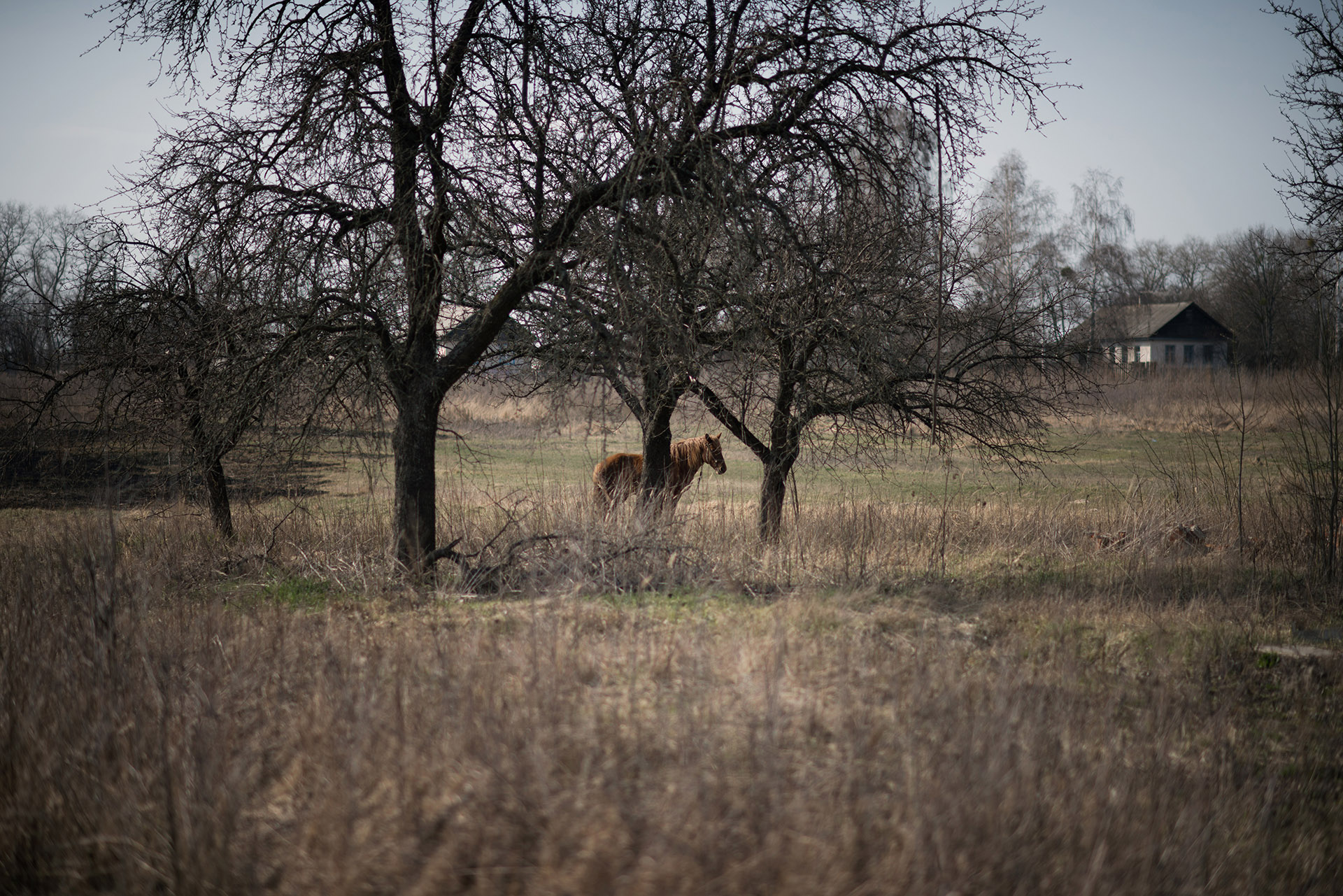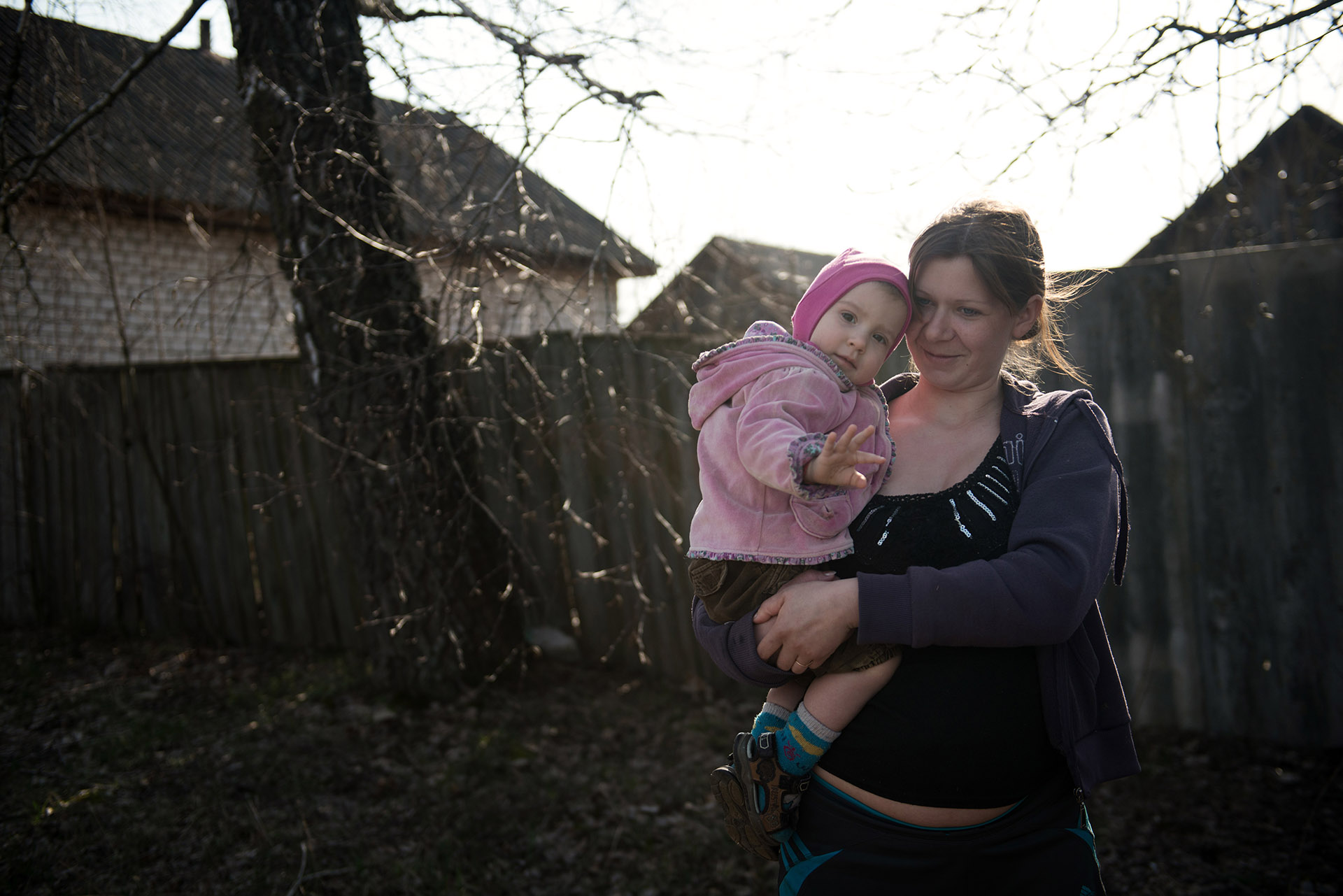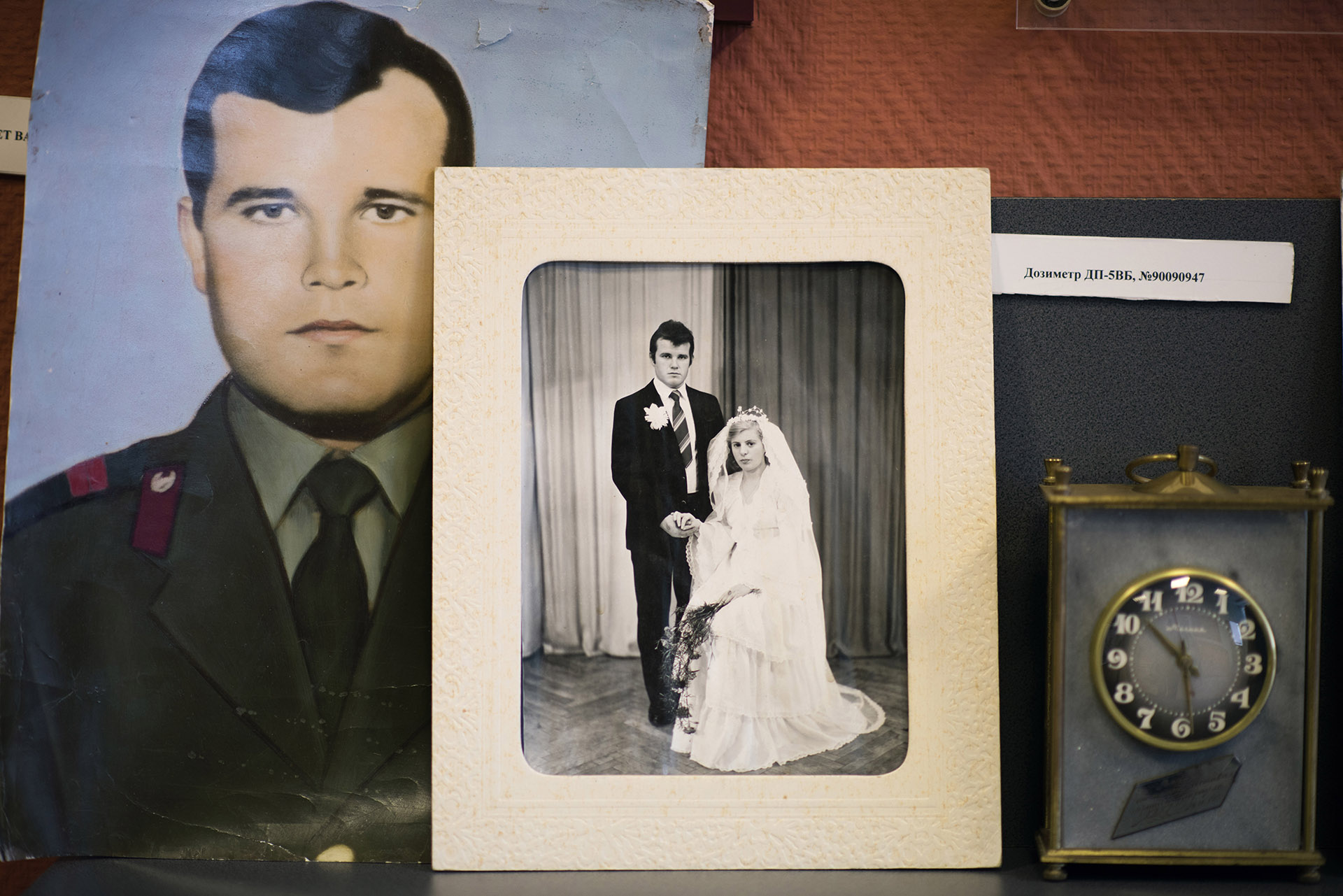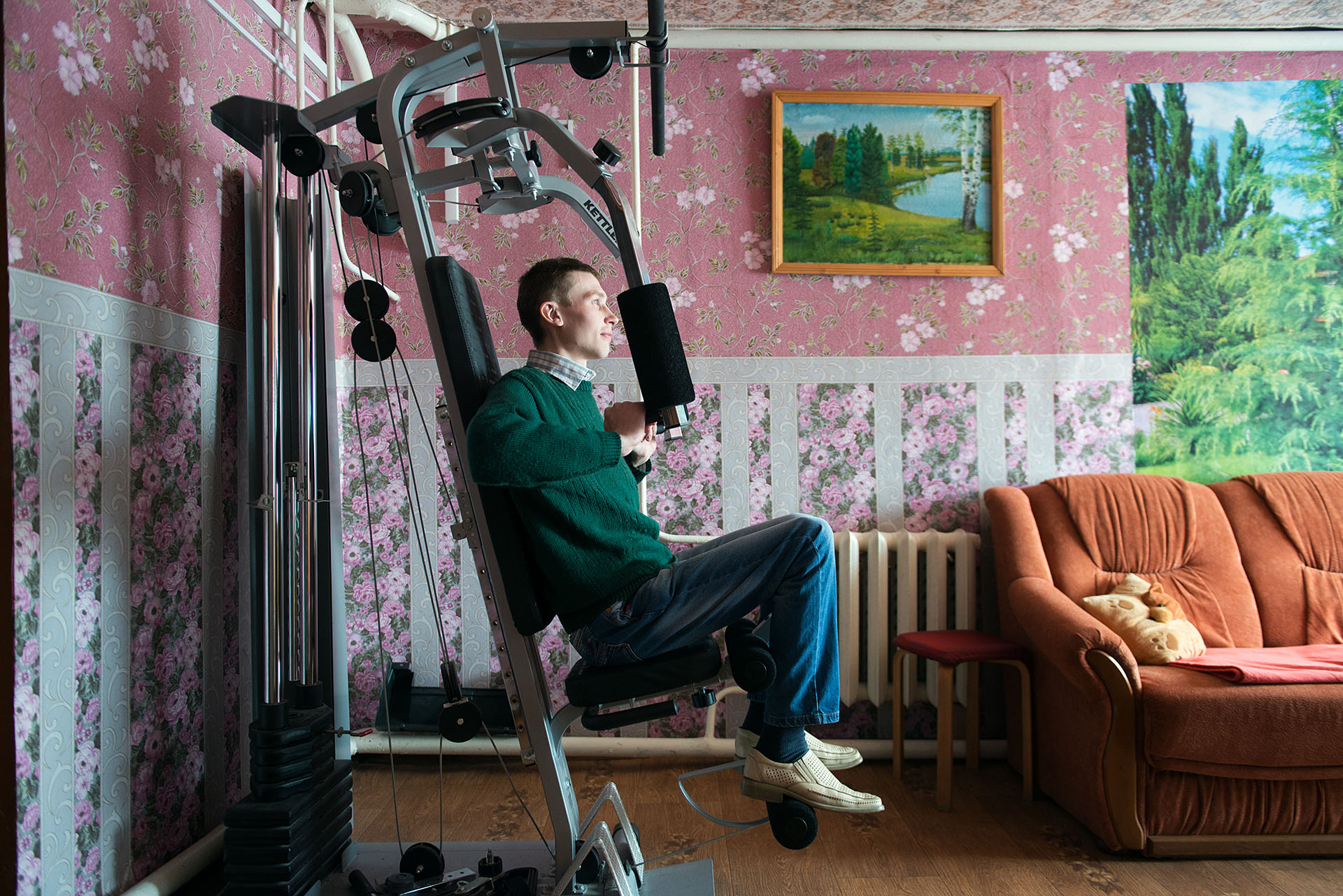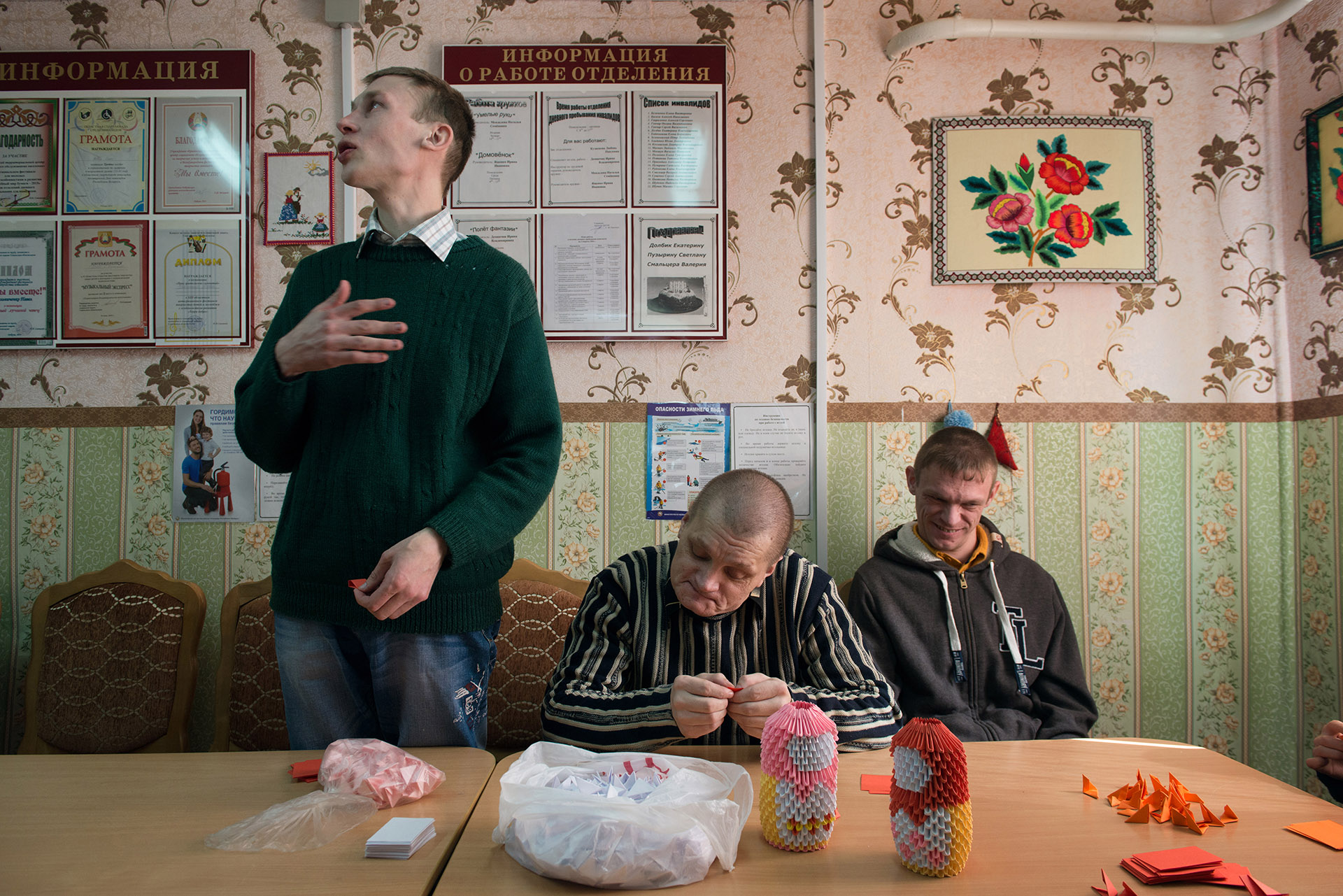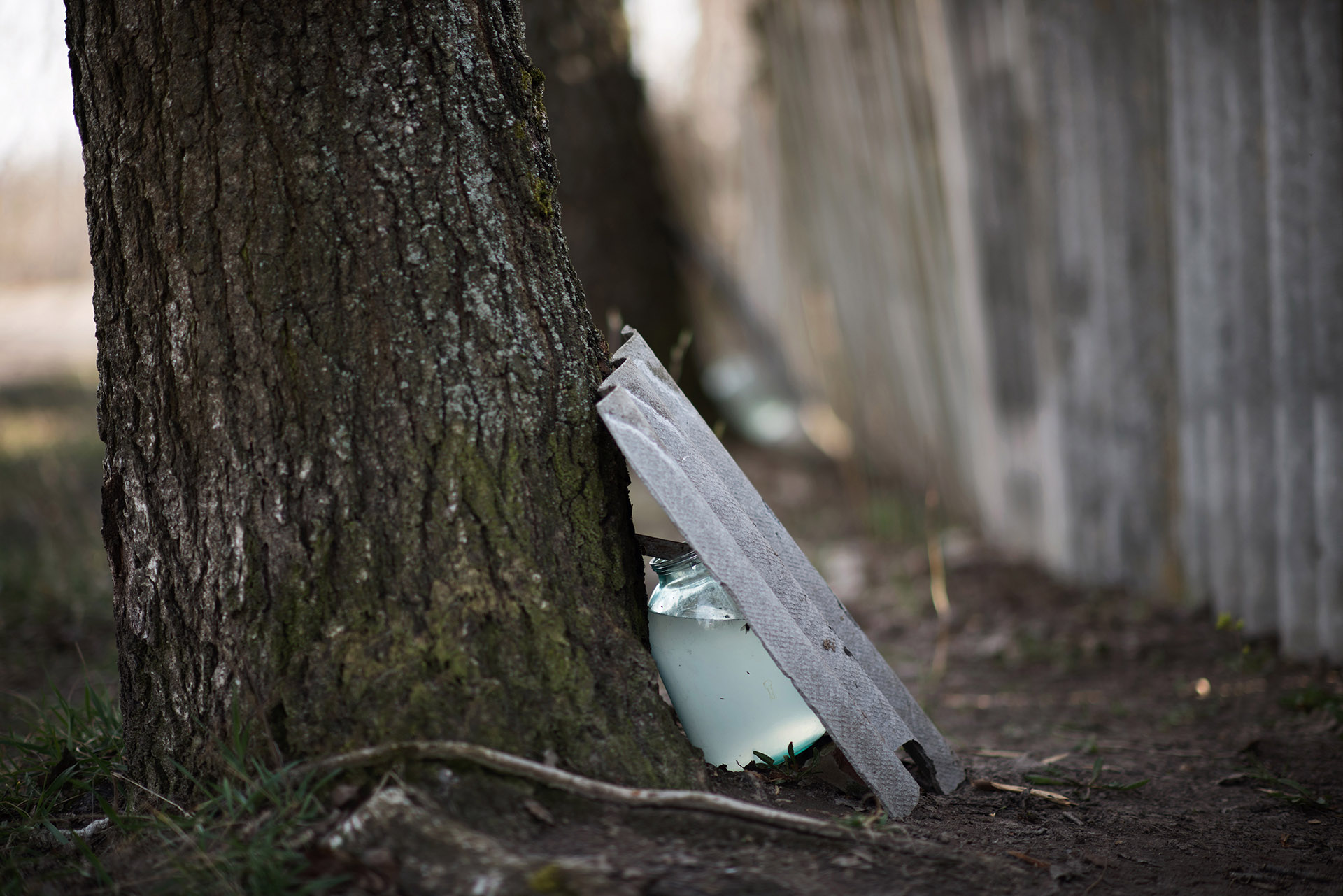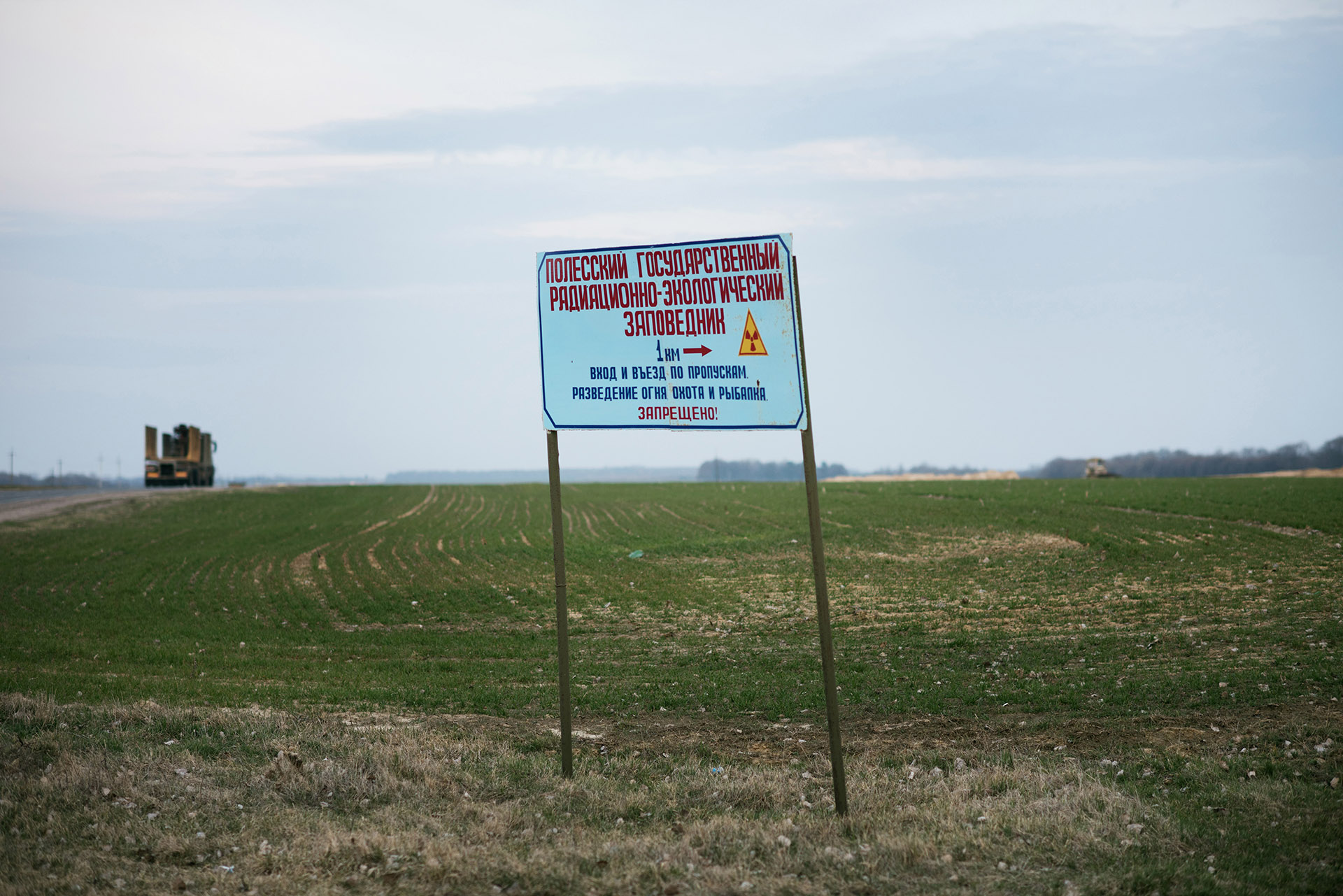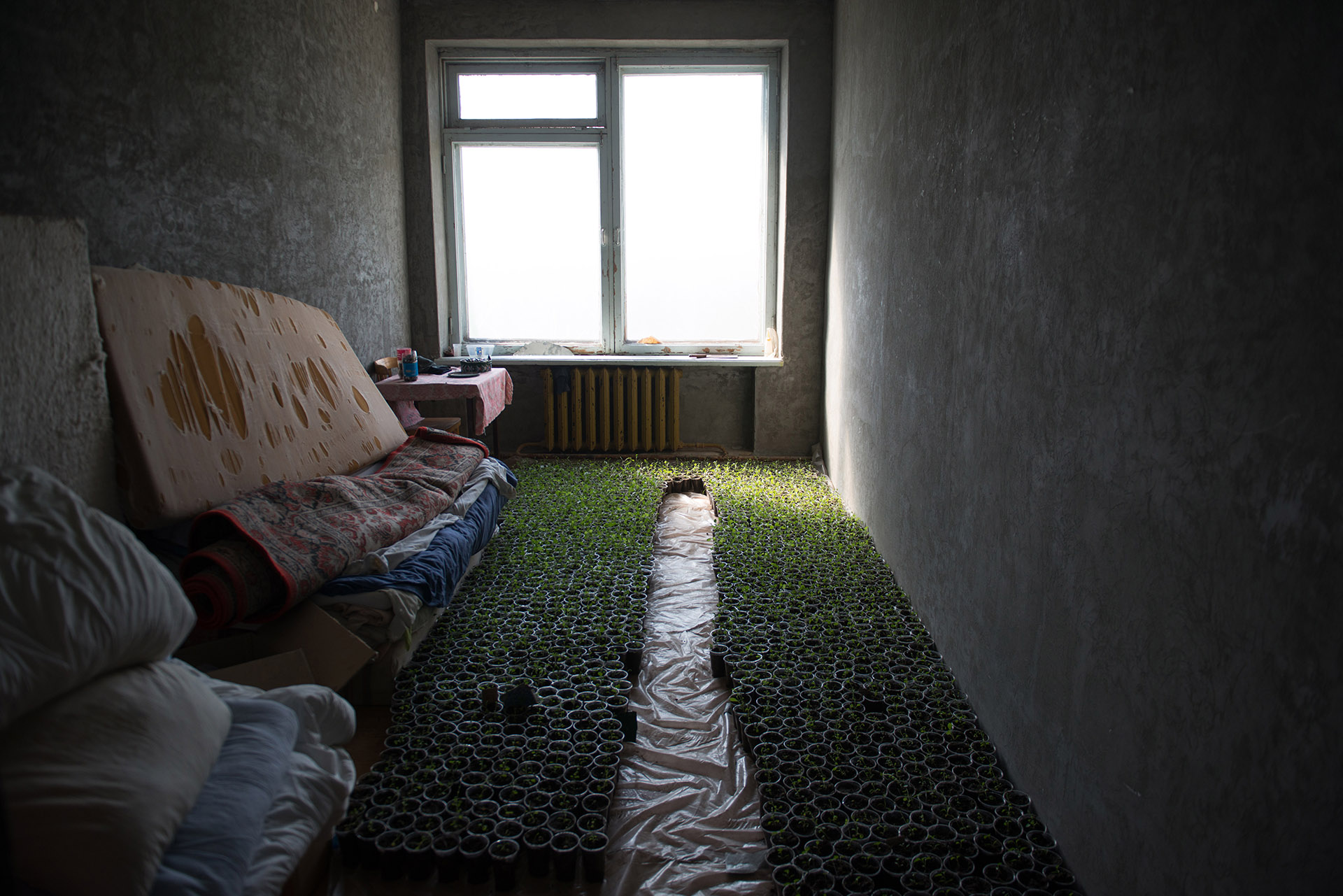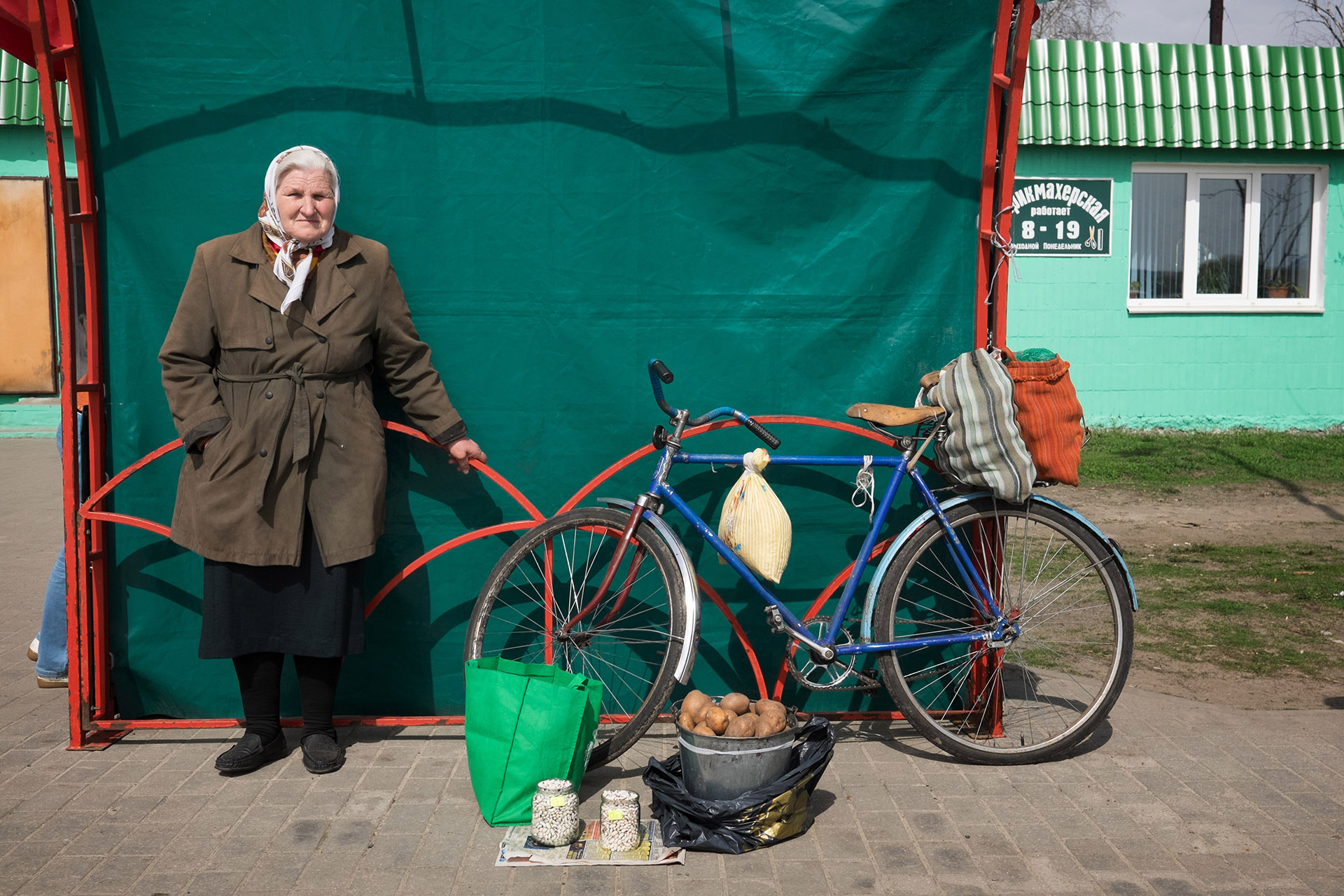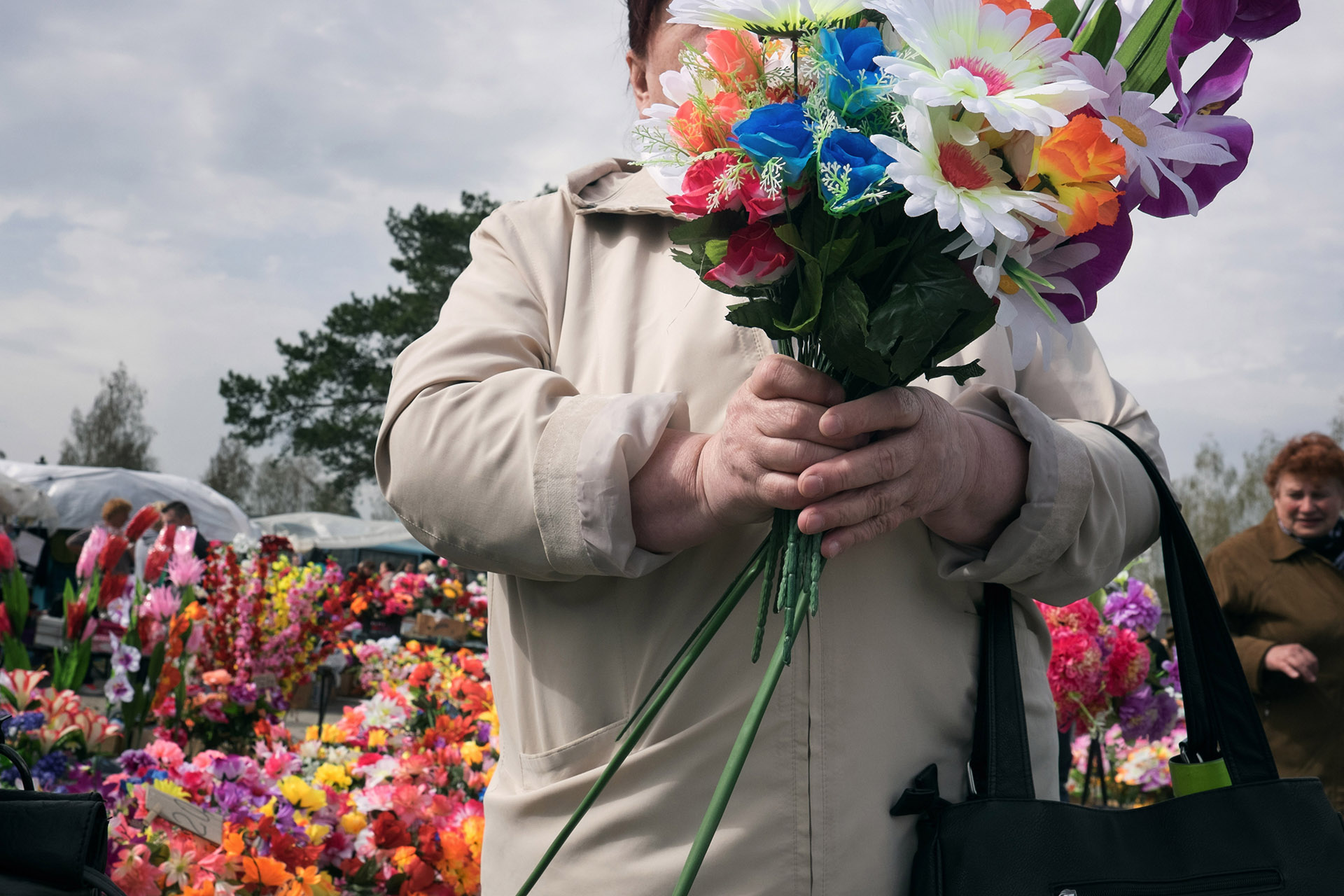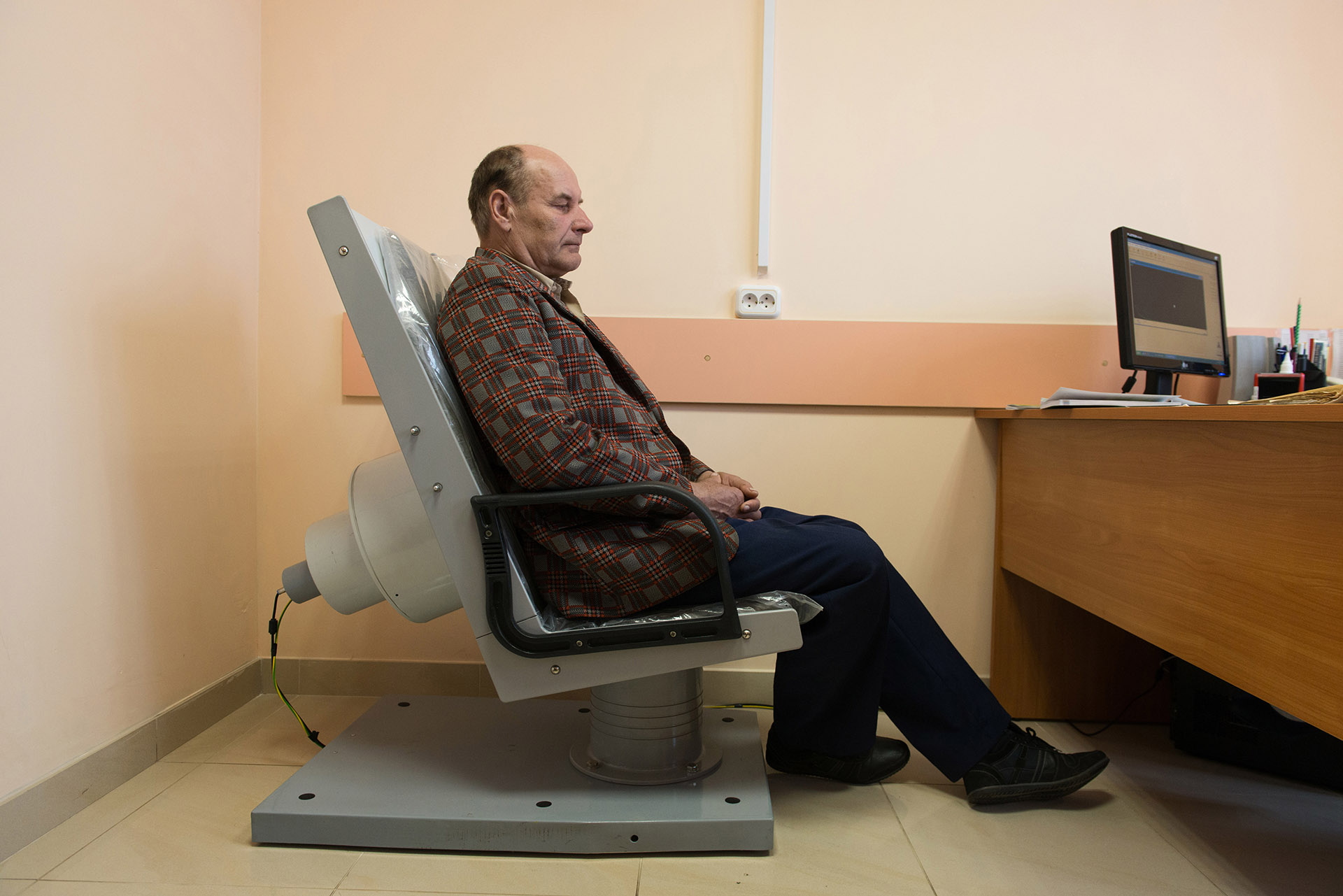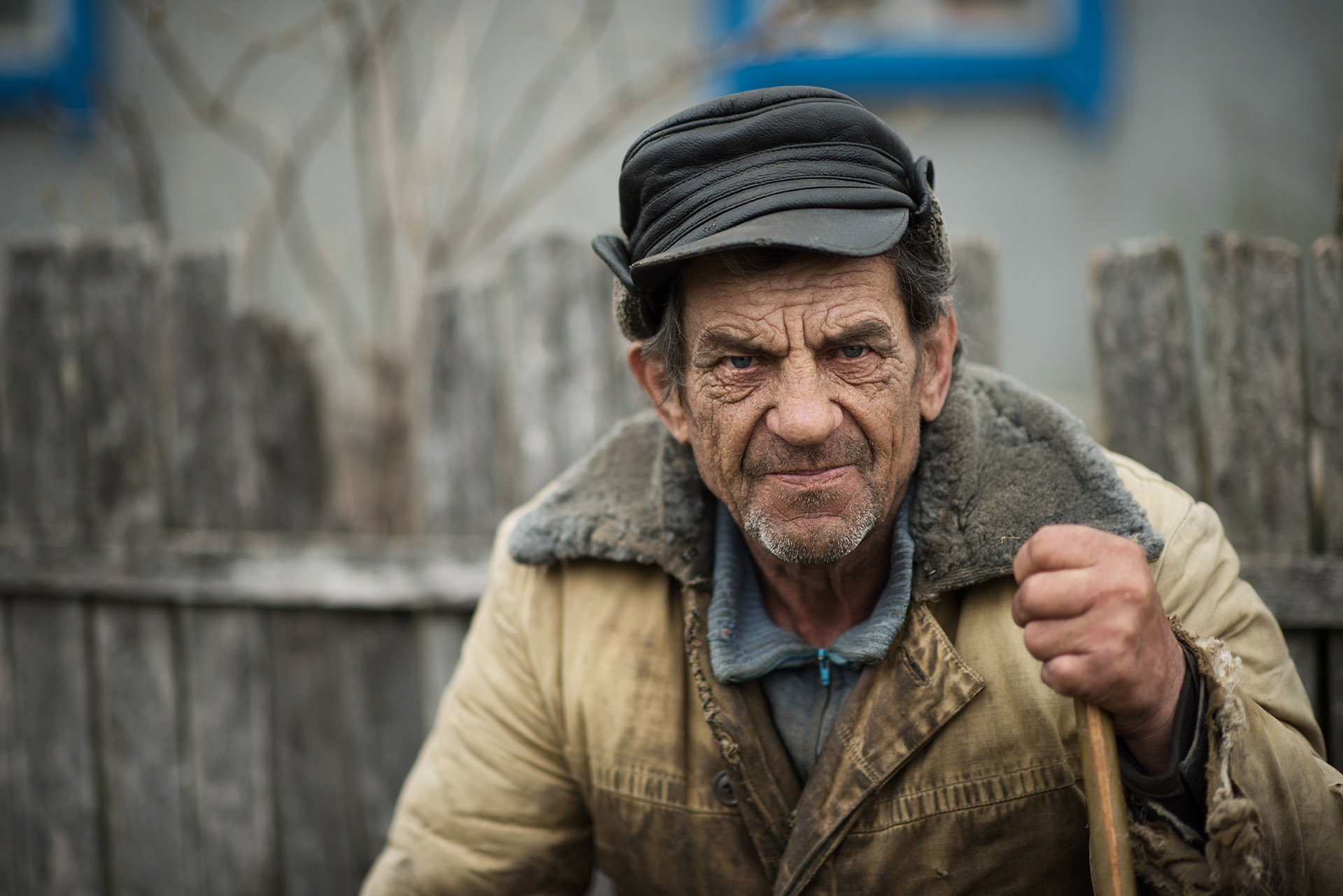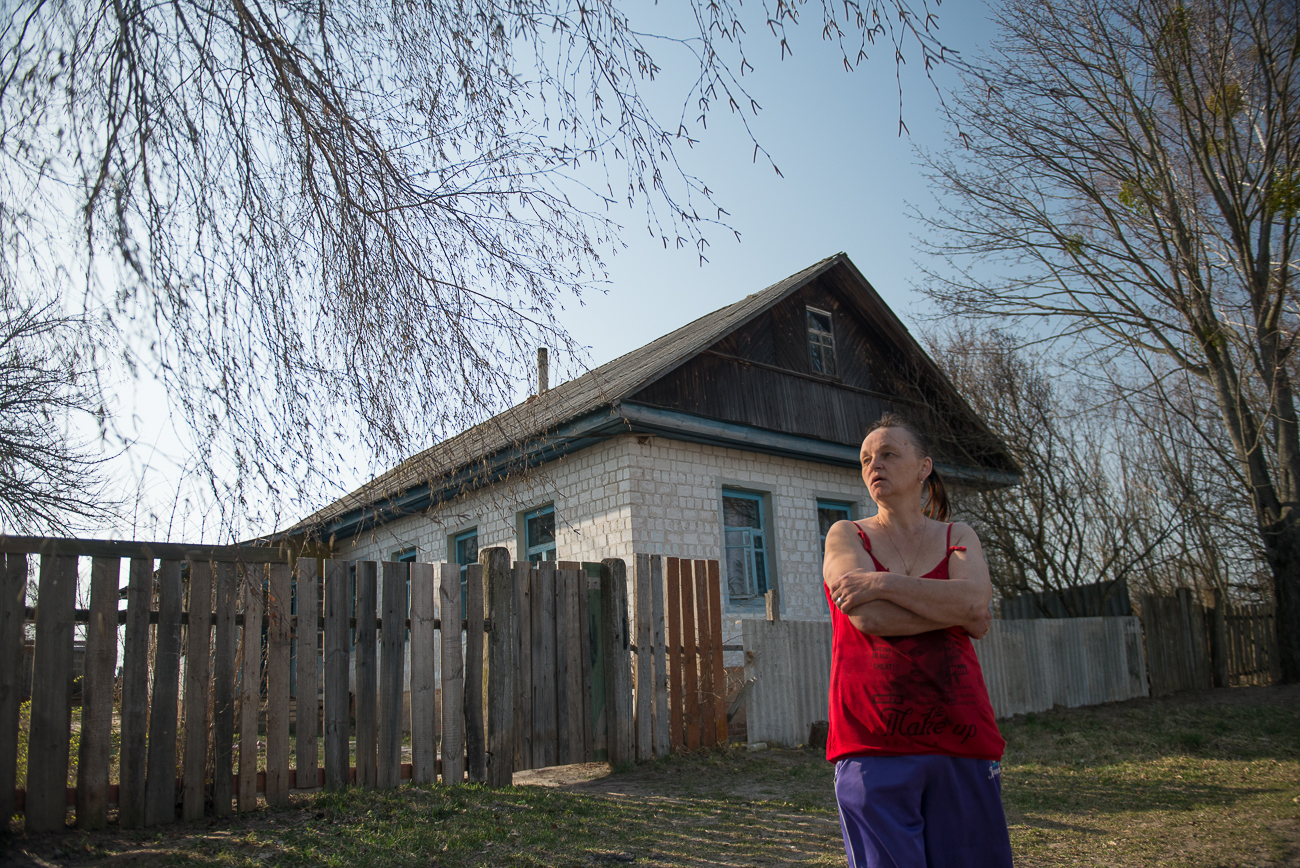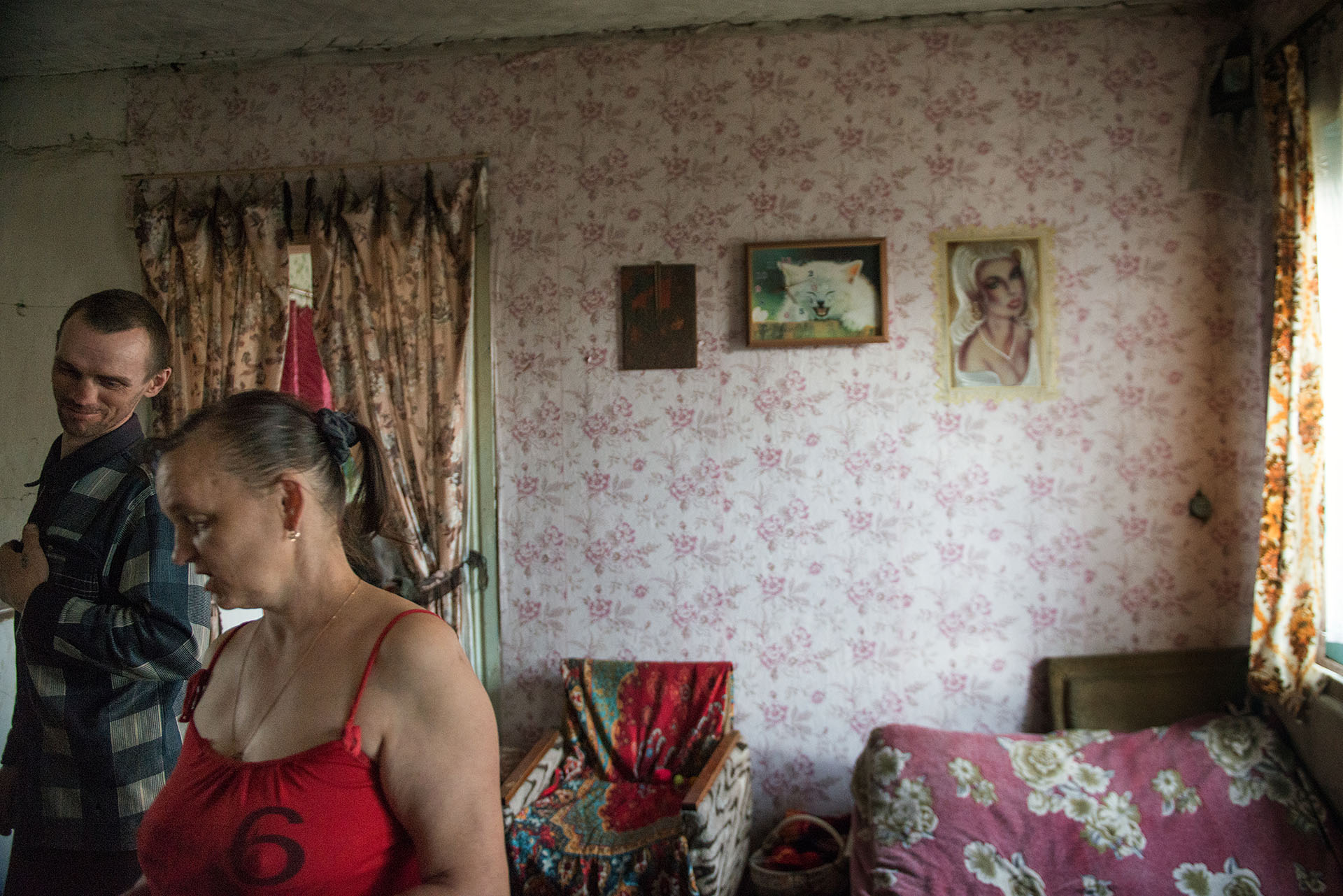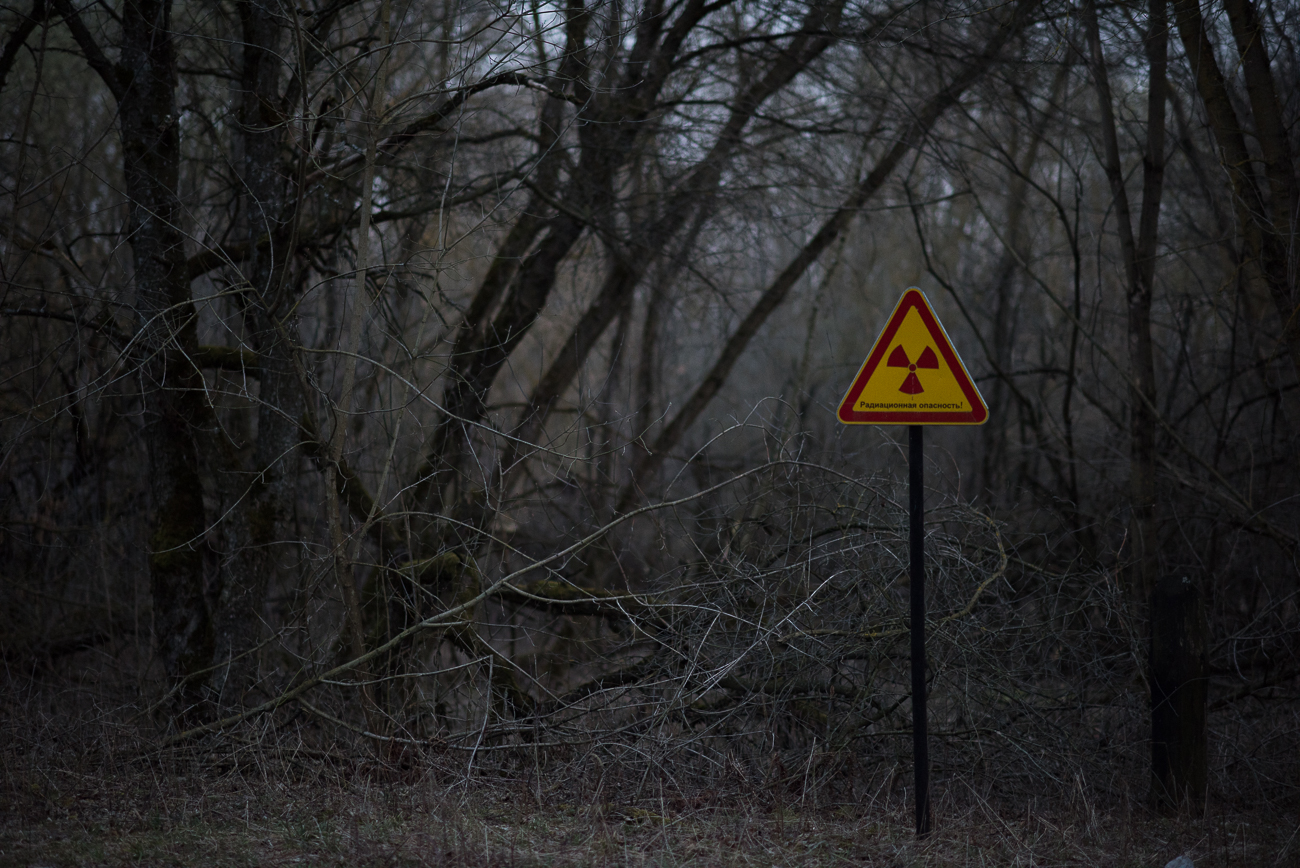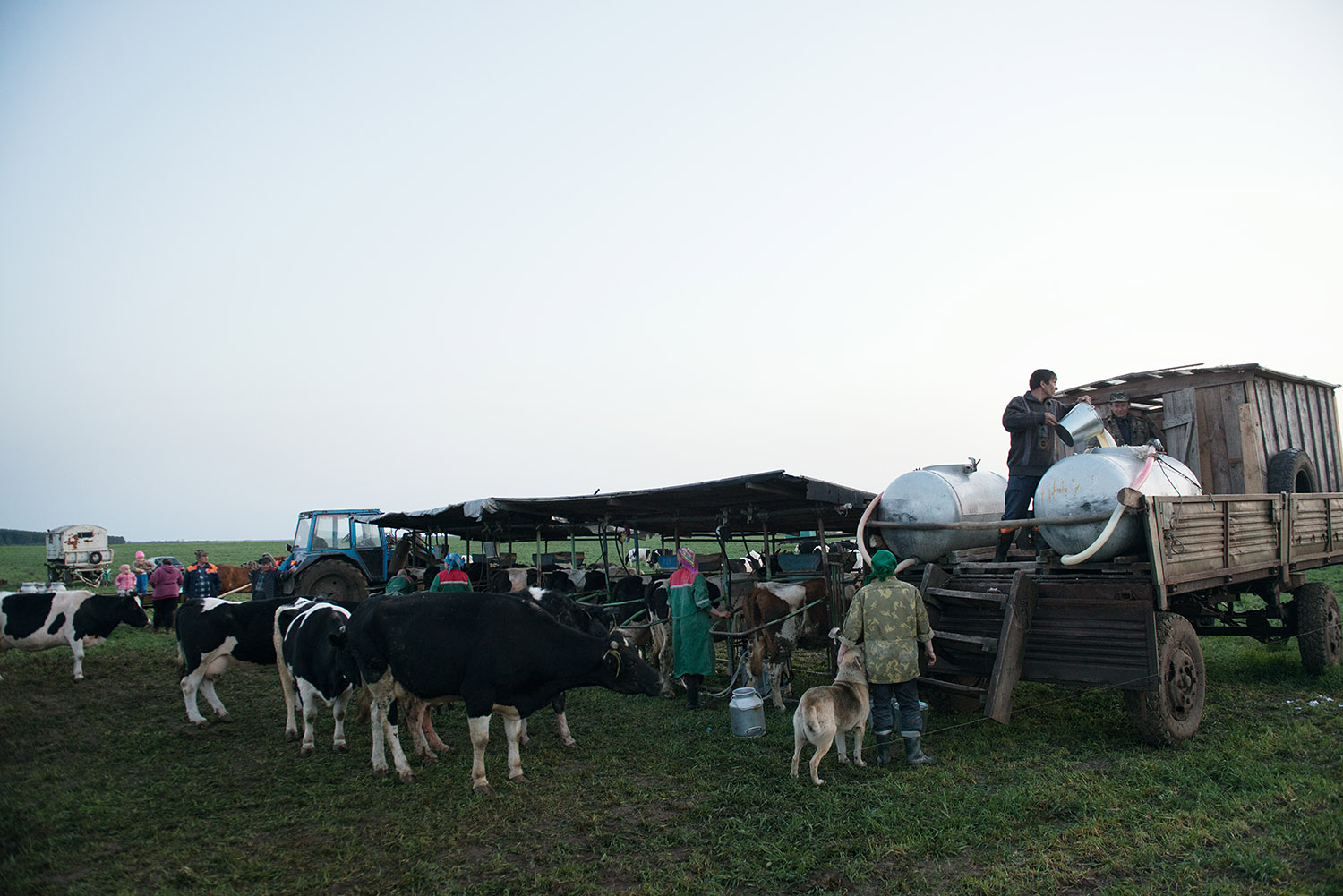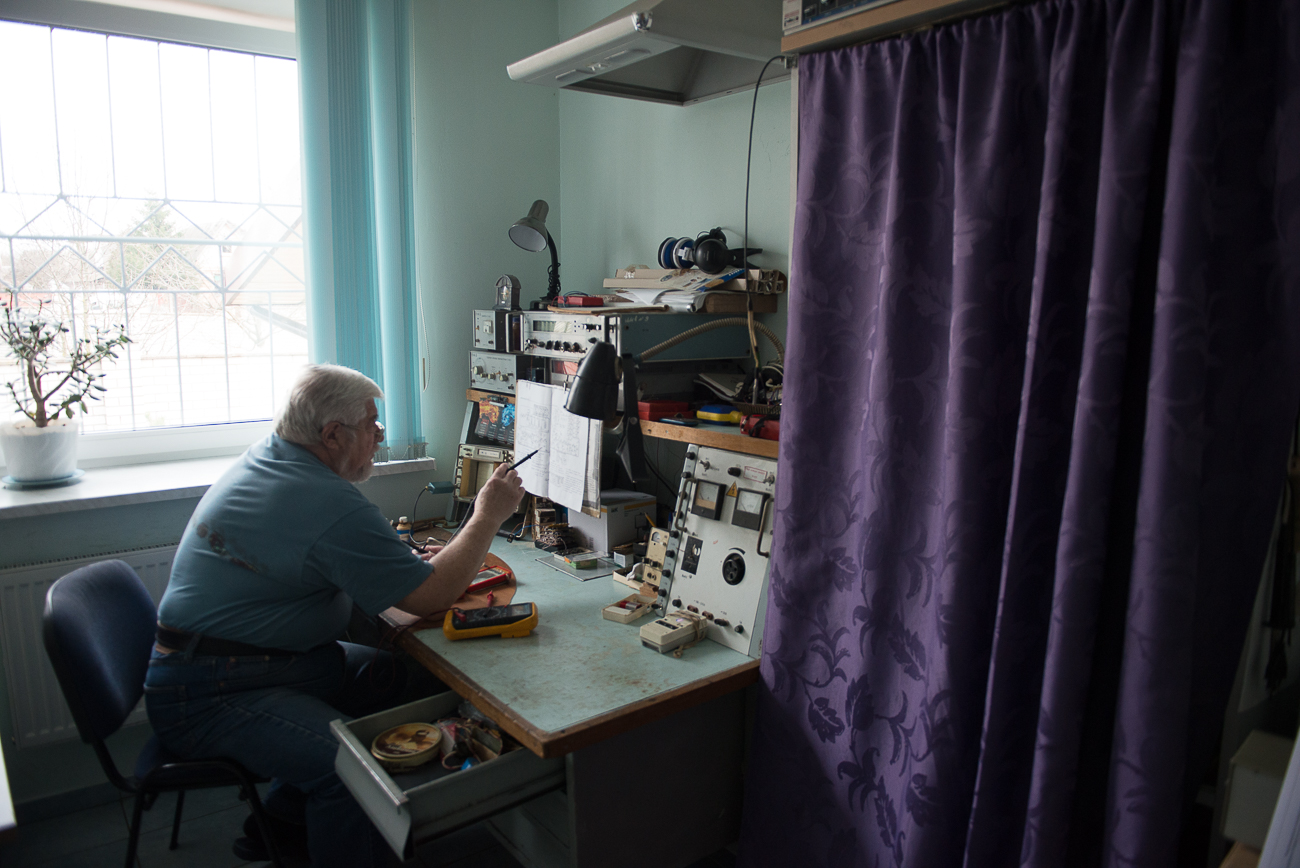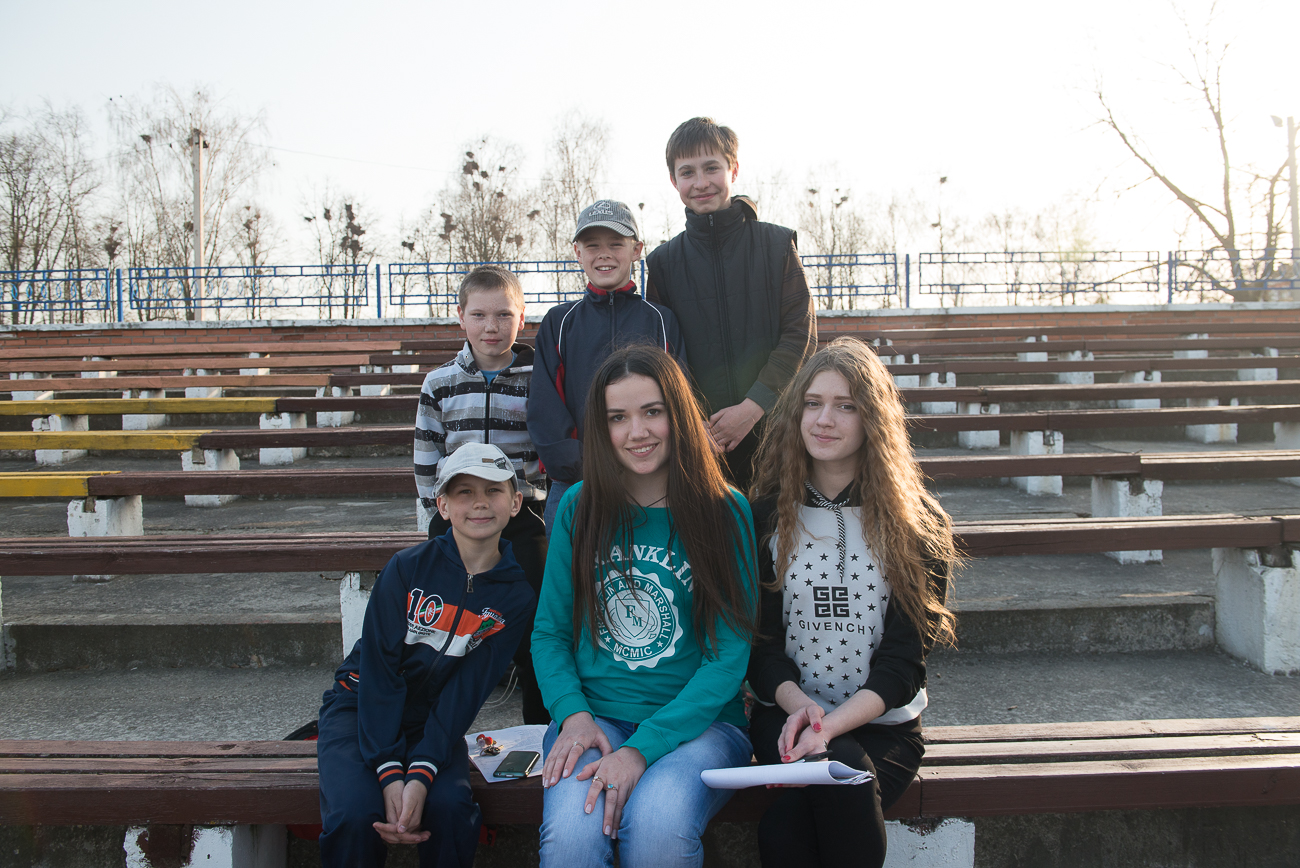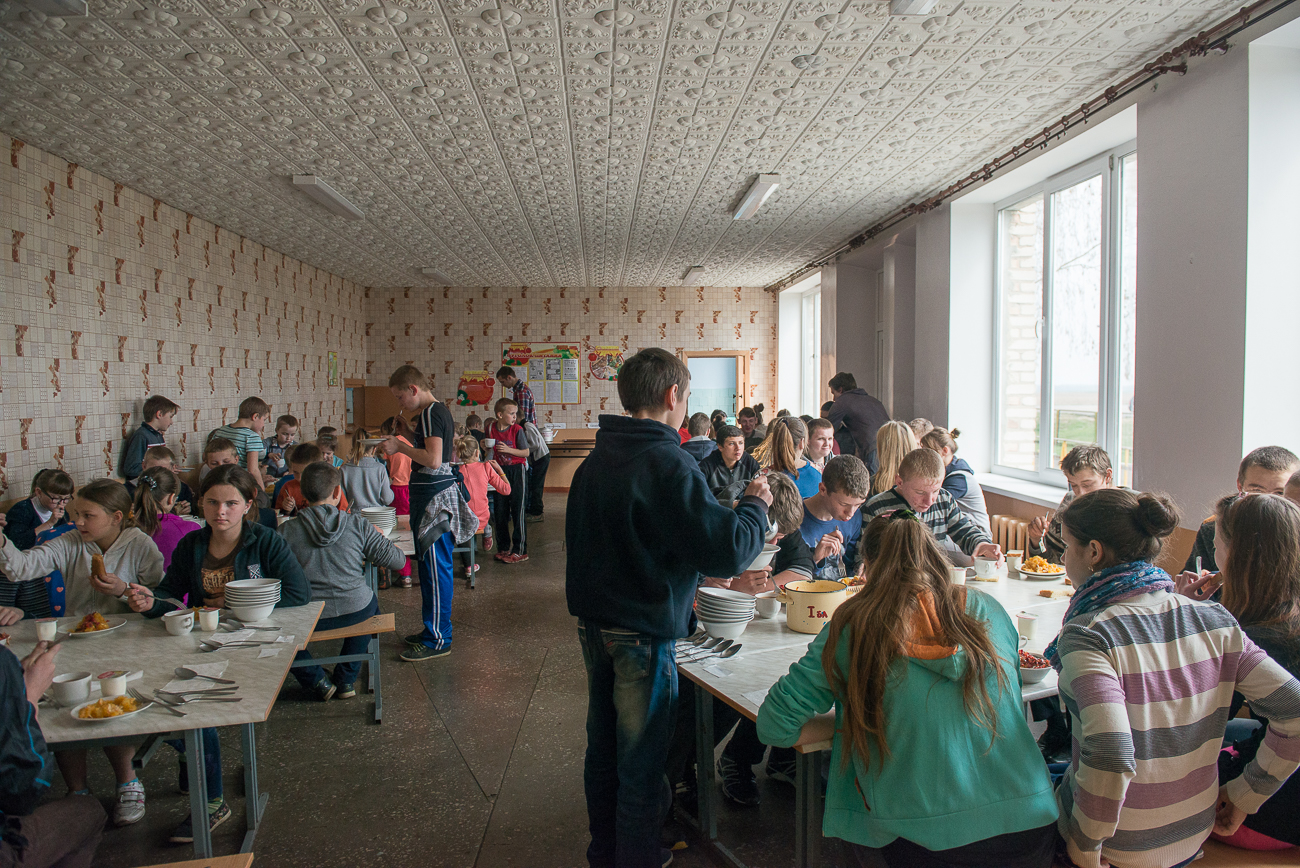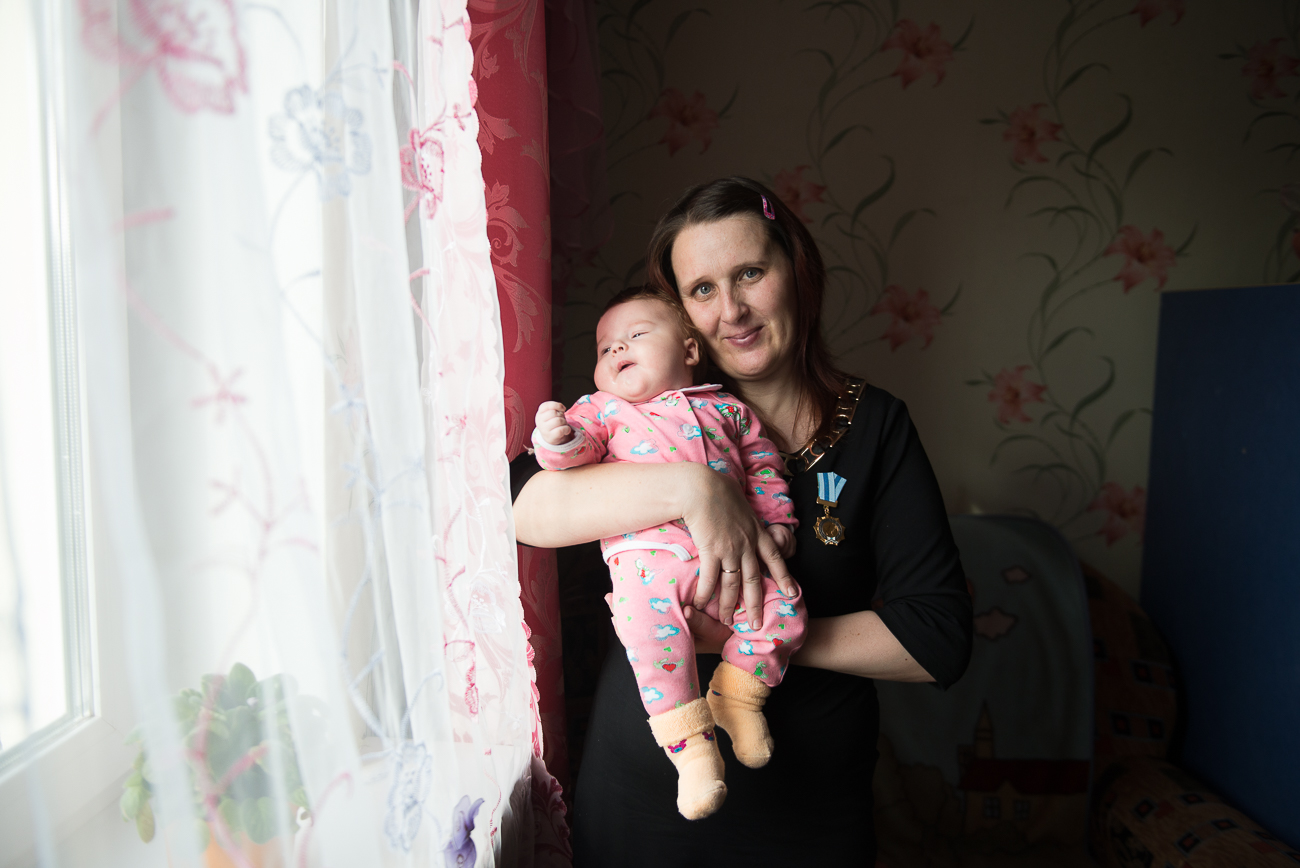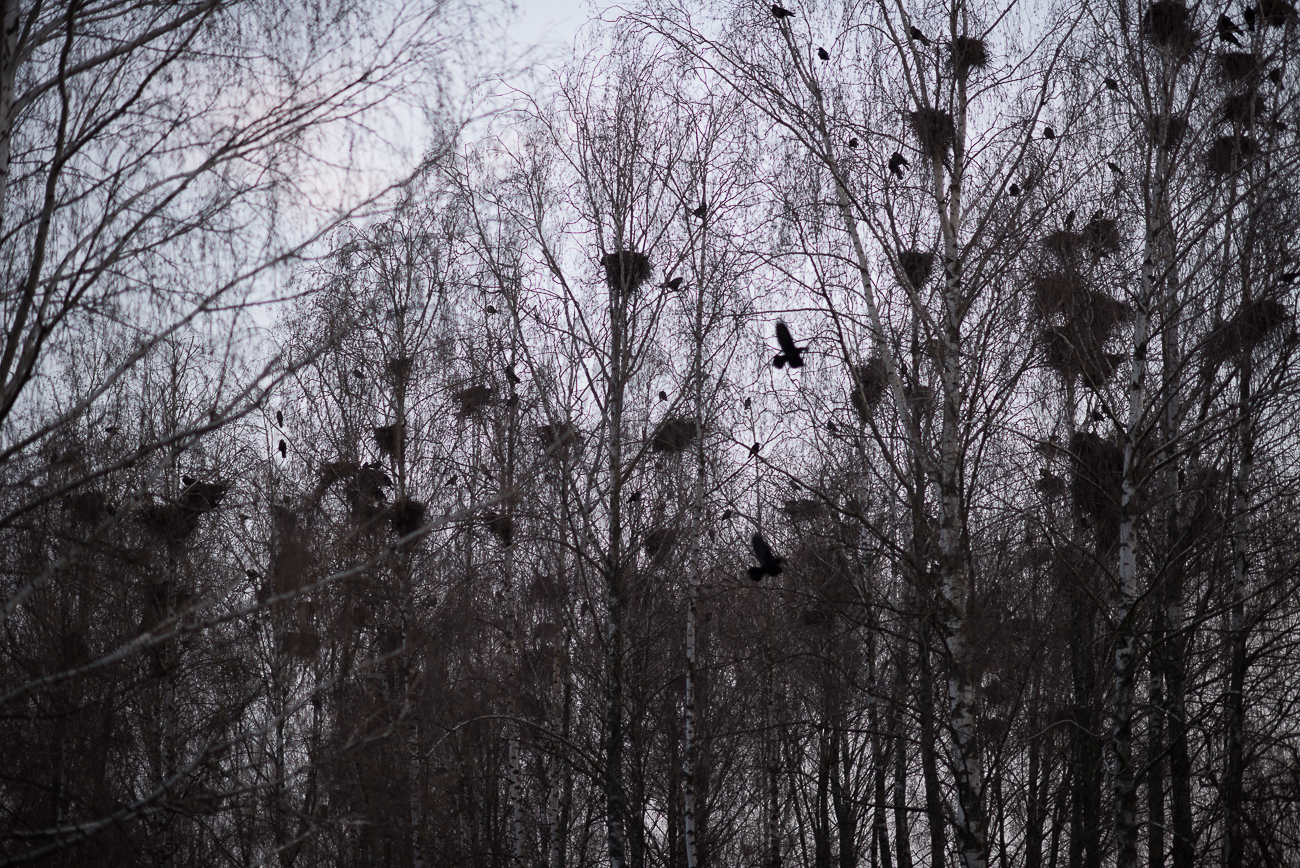In the martyred lands of Chernobyl
for Le Monde, France 2016
Belarus is the country that suffered the most from the Chernobyl catastrophe. Around 70% of radionuclides have fallen on its territory. Over 23% of its territory is highly polluted and forming an exclusion zone.
Thousands of people had to migrate from their home villages. Over 1 million people are still living in the less polluted areas around the exclusion zone.
30 years later, the problems with pollution and health are still widely presented. The first half-life of cesium is over, but other radionuclides like strontium and plutonium will stay in the soil for many more years.
The cases of cancer, disease of a thyroid gland, problems with bones, heart and mental health are still increasing. Officially, only the cancer of thyroid is recognized as a disease provoked by radiation.
The government had eliminated the benefits and help for the liquidators and victims of the catastrophe and equated the status of liquidator to a victim.
Nowadays some villages in the exclusion zone are rehabilitated and re-populated. Earth around the zone is used for agricultural needs.
The present consequences of Chernobyl are understated in light of the construction of a new nuclear power plant in Belarus.




